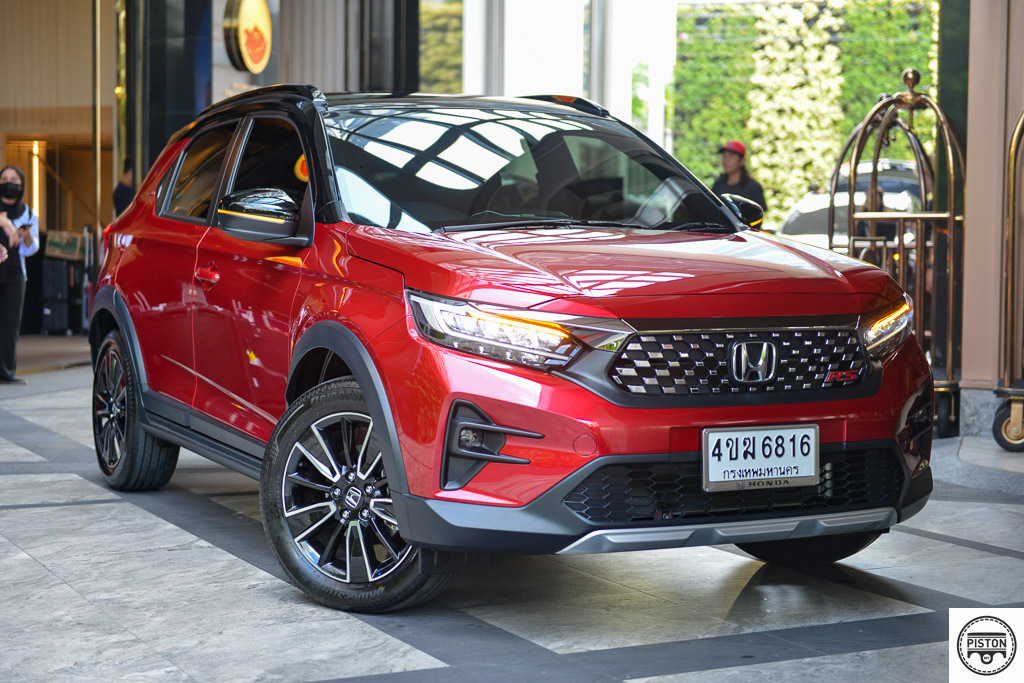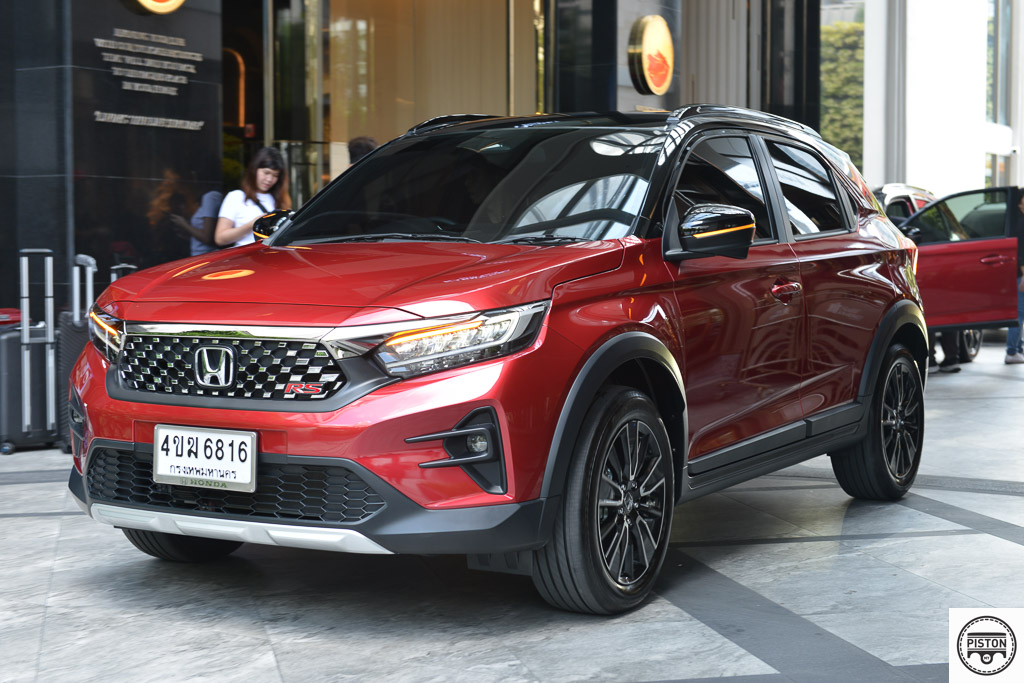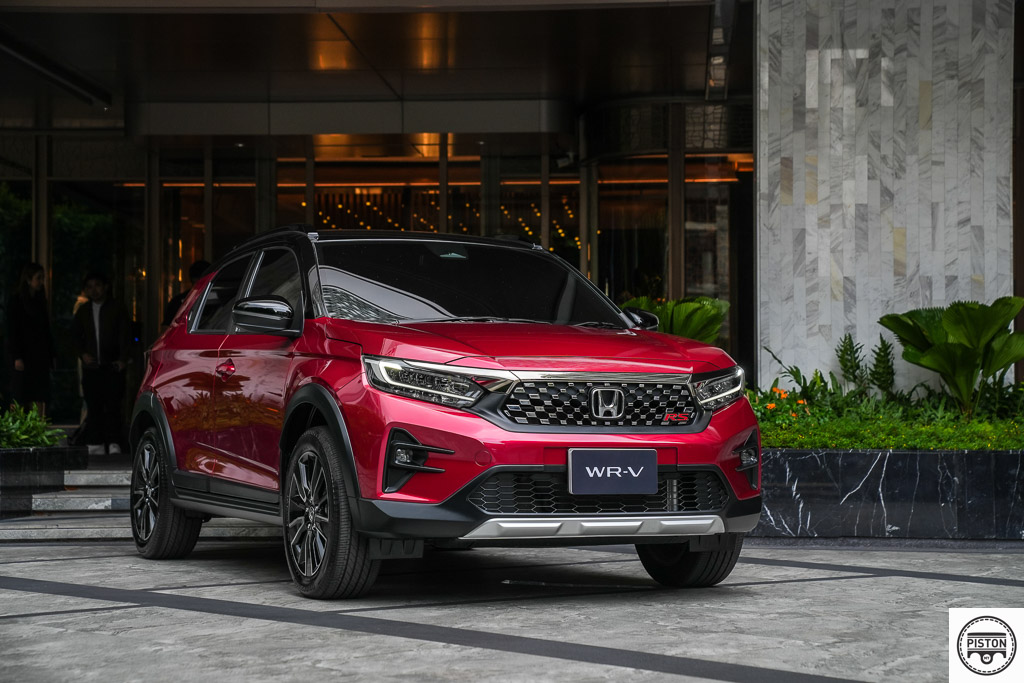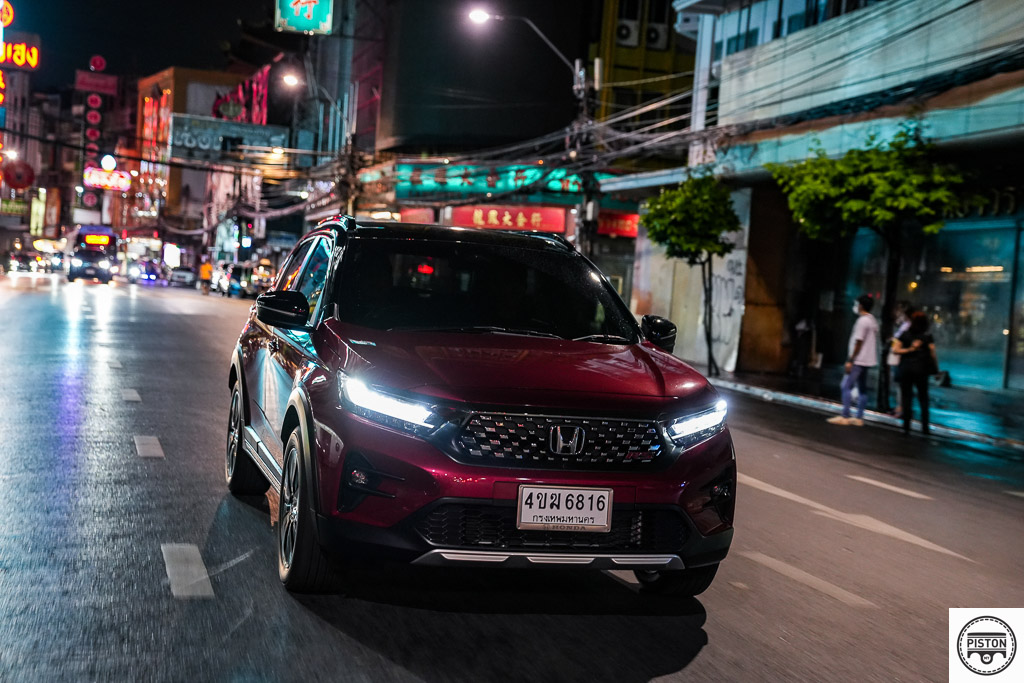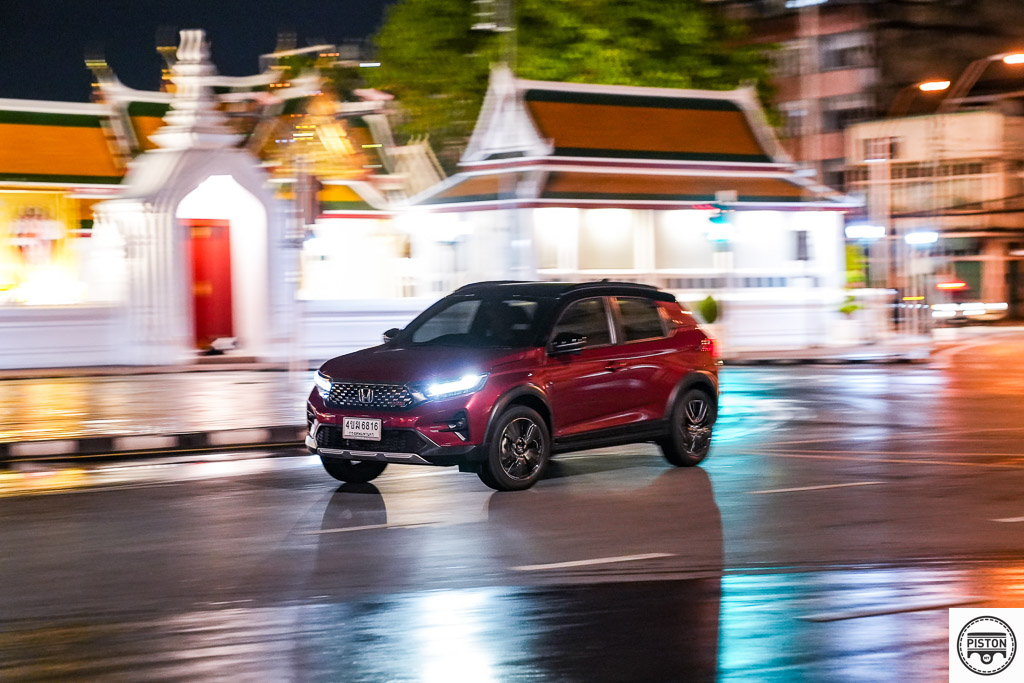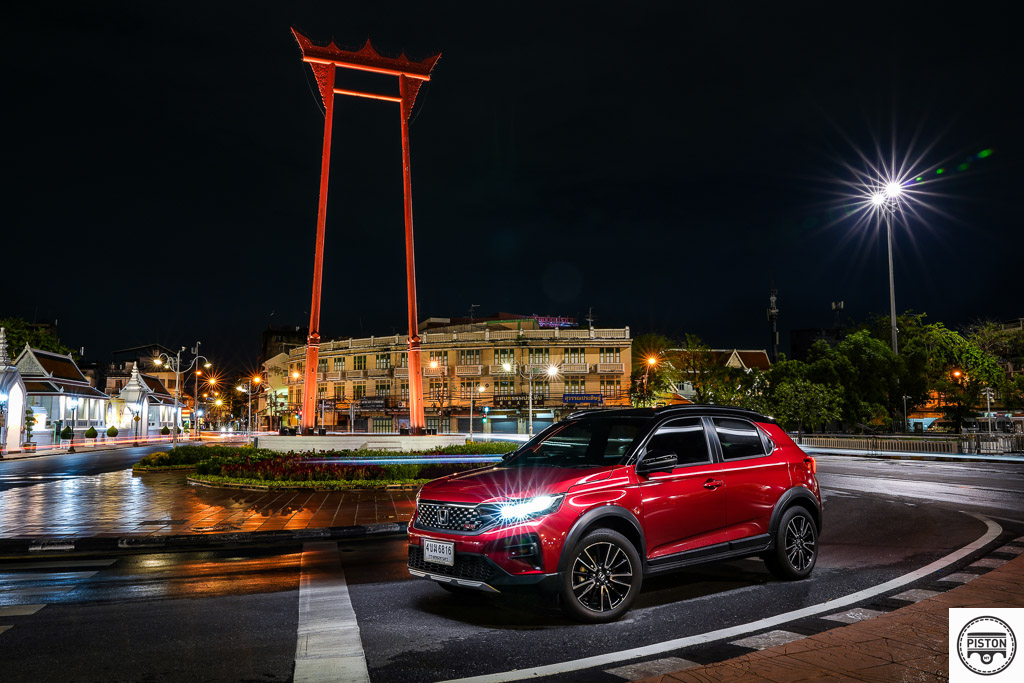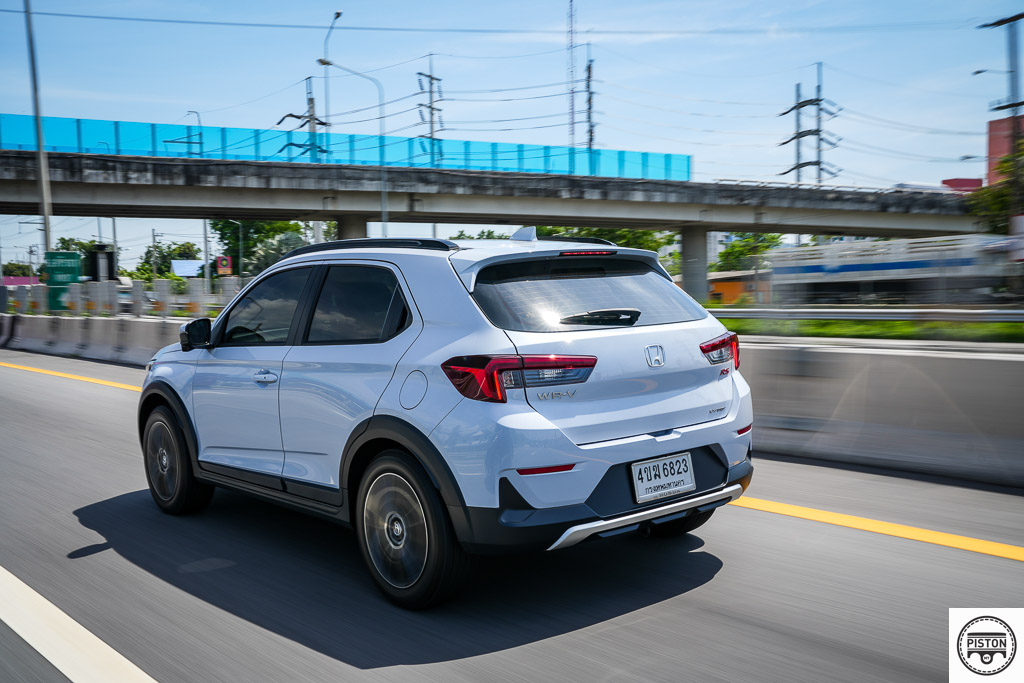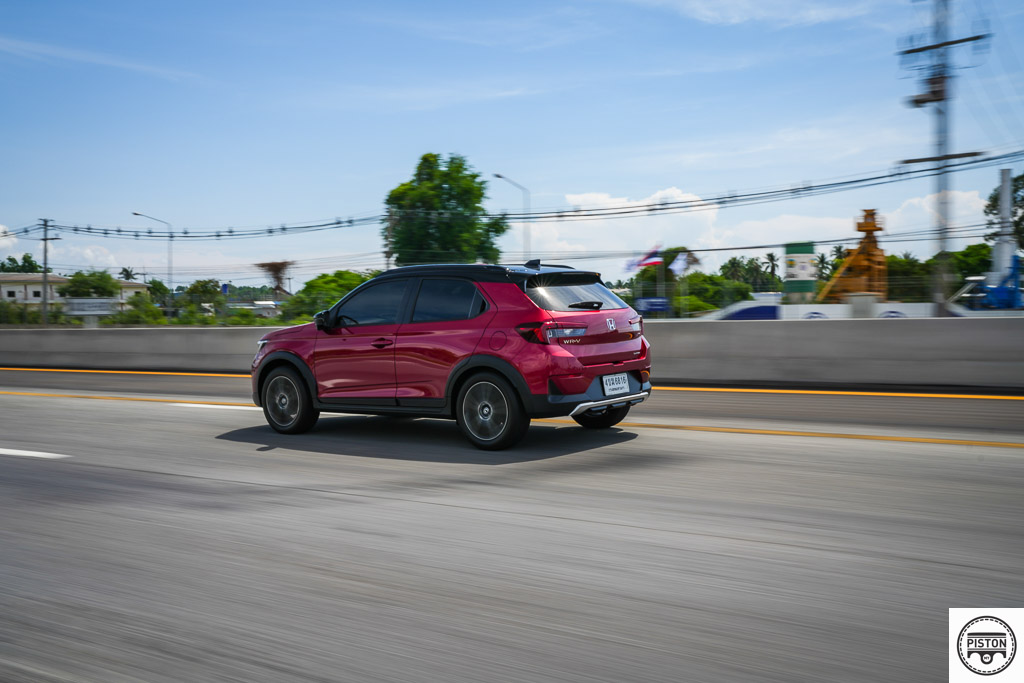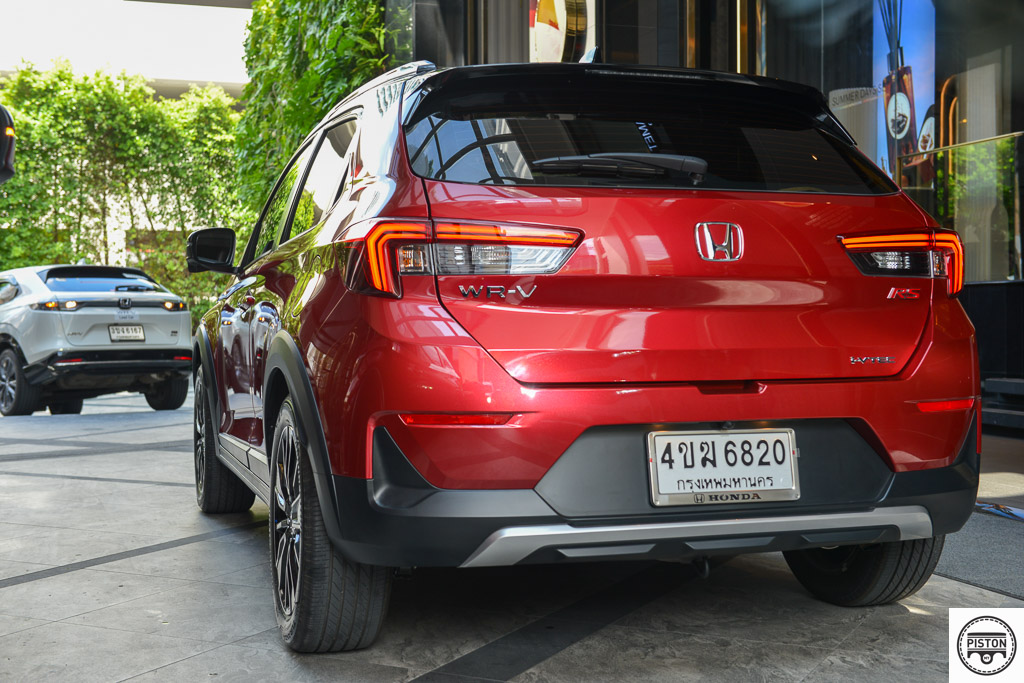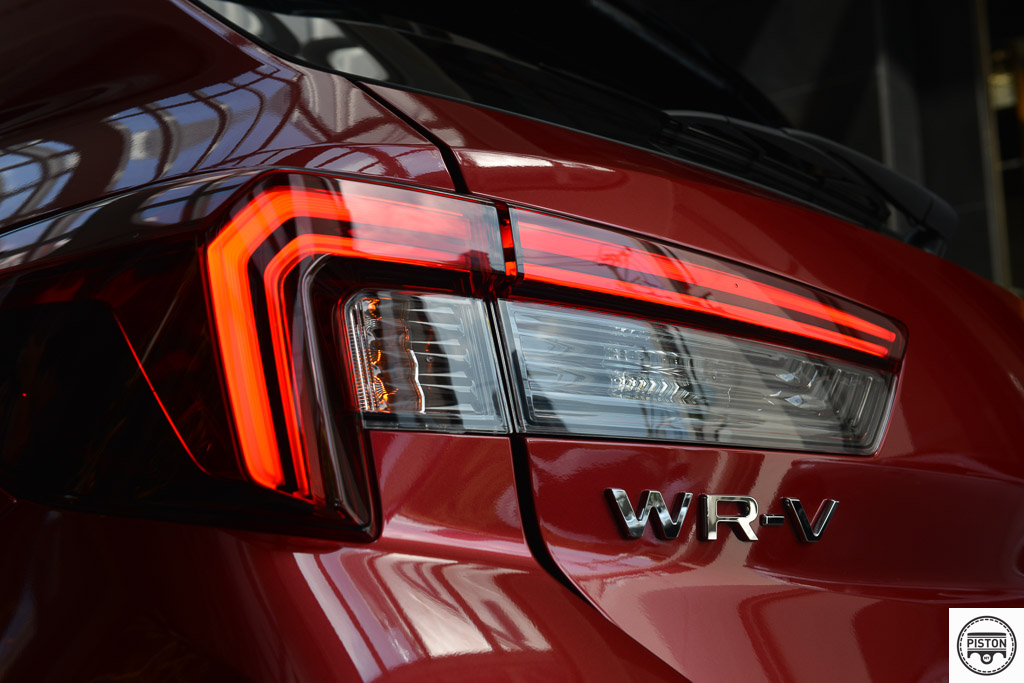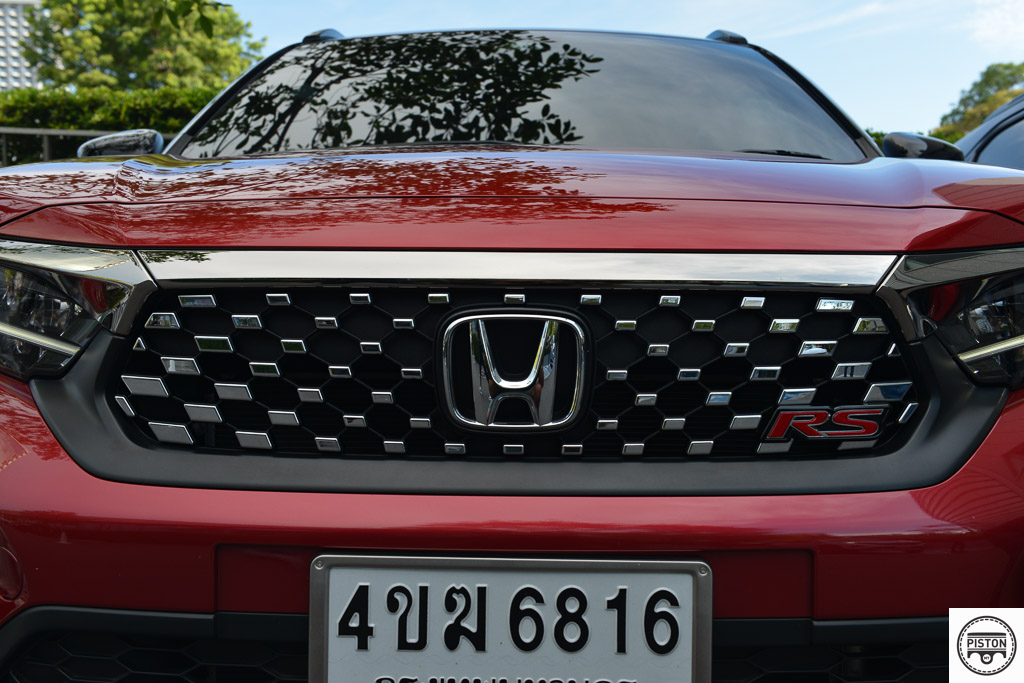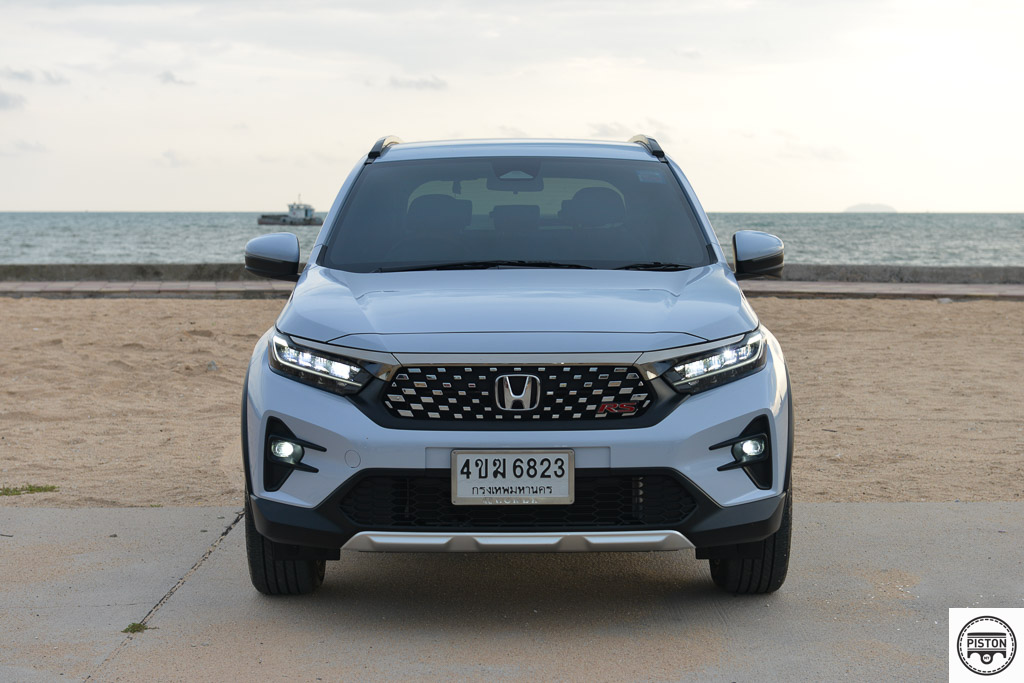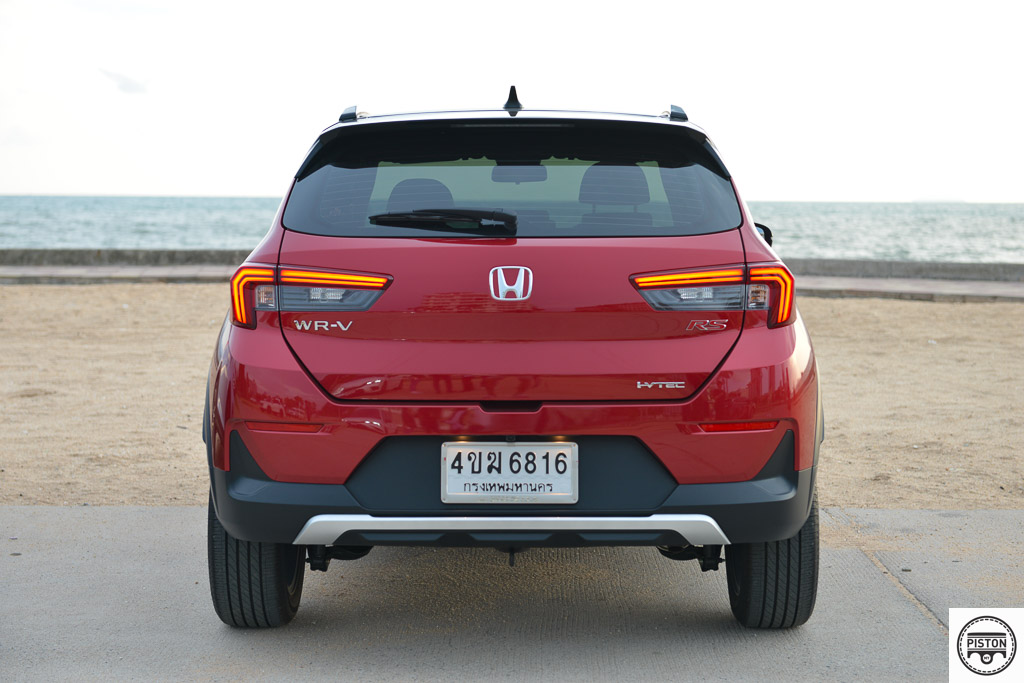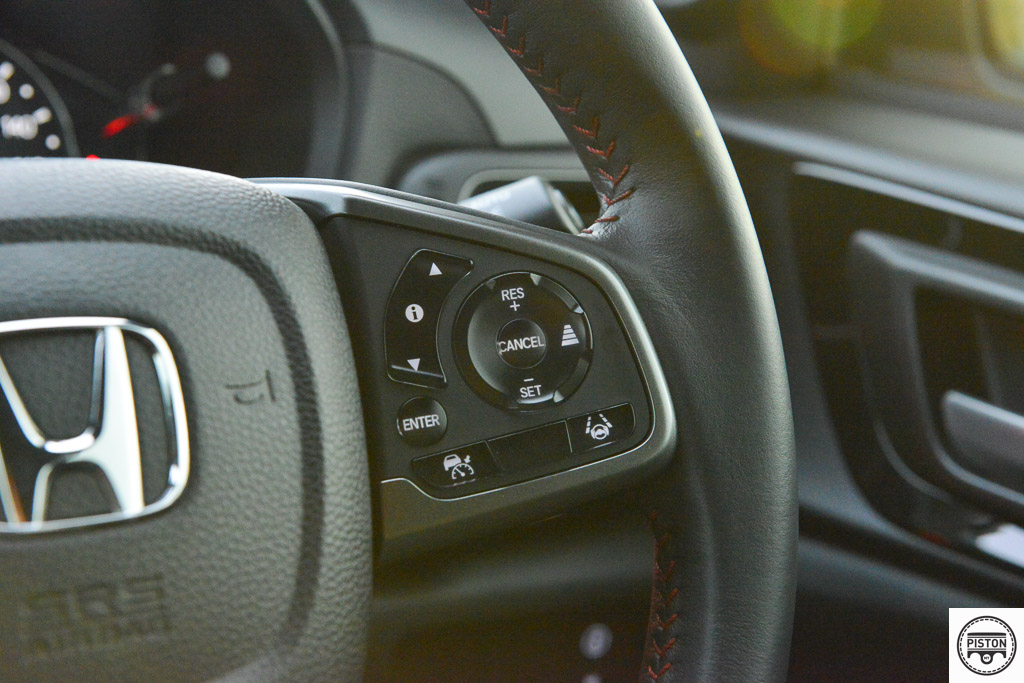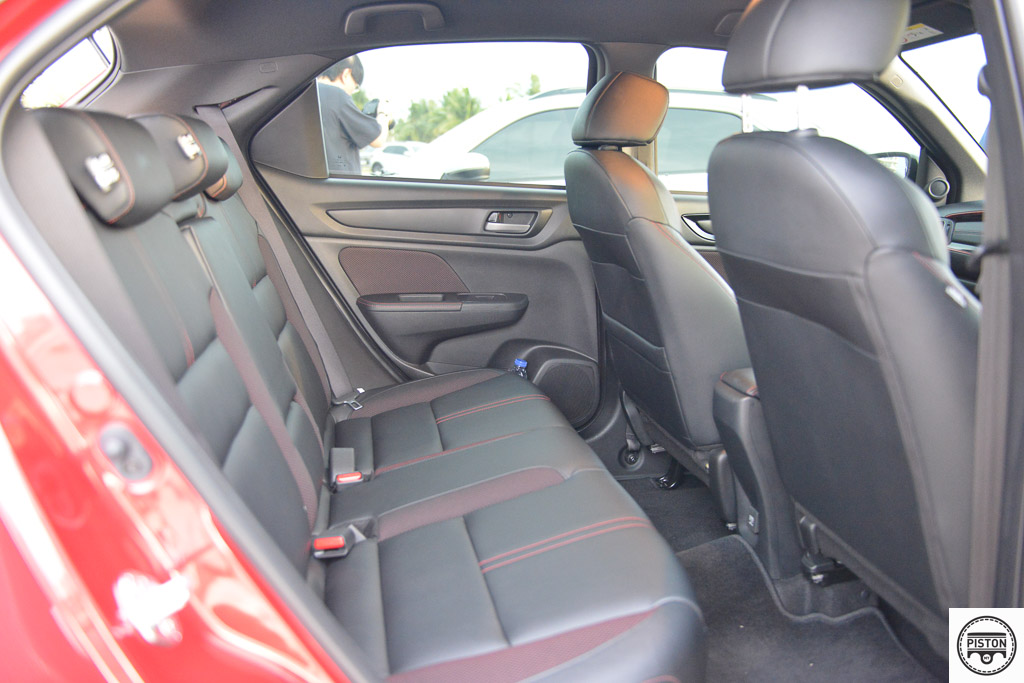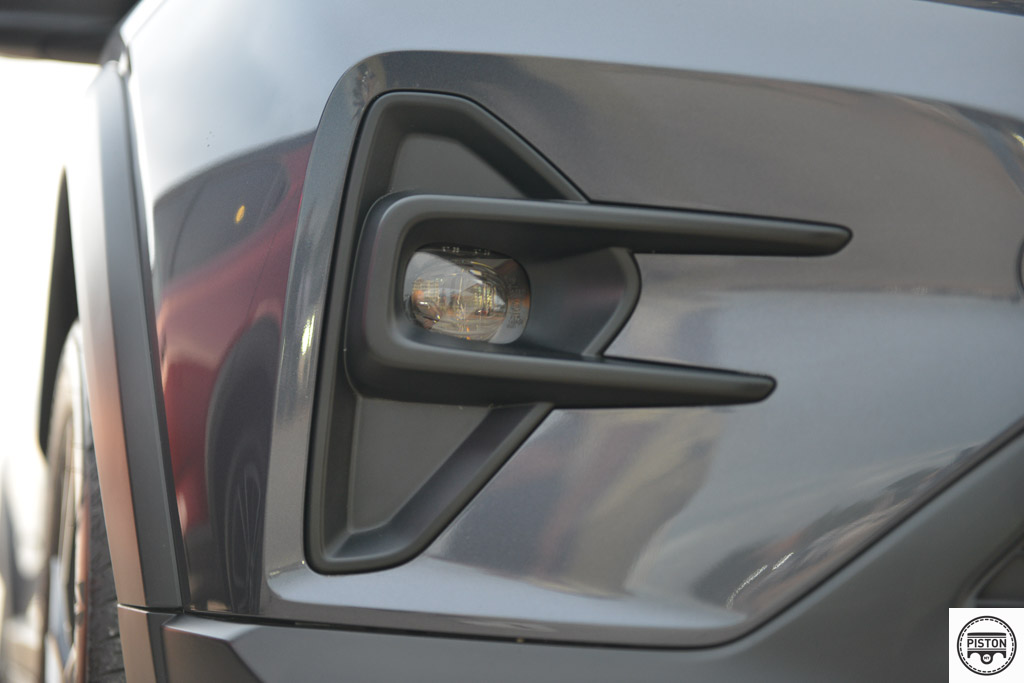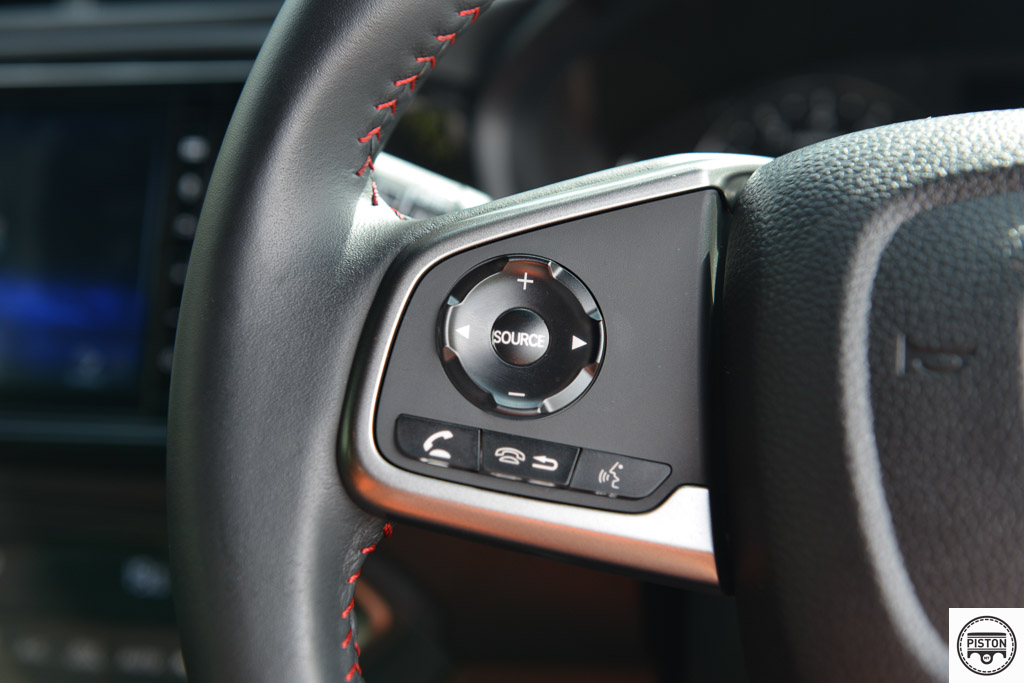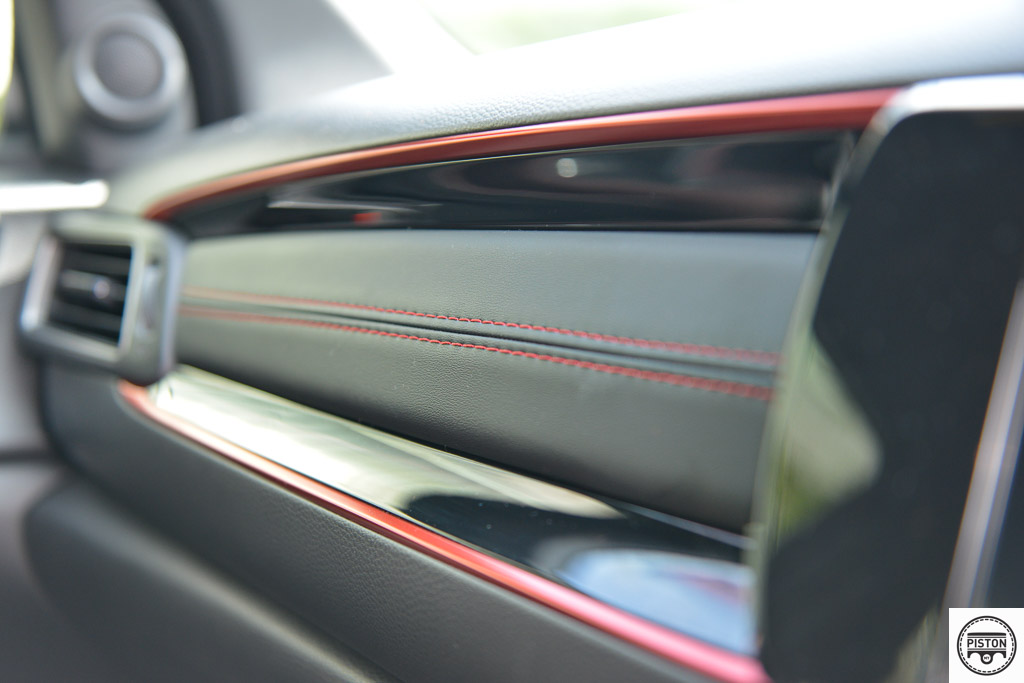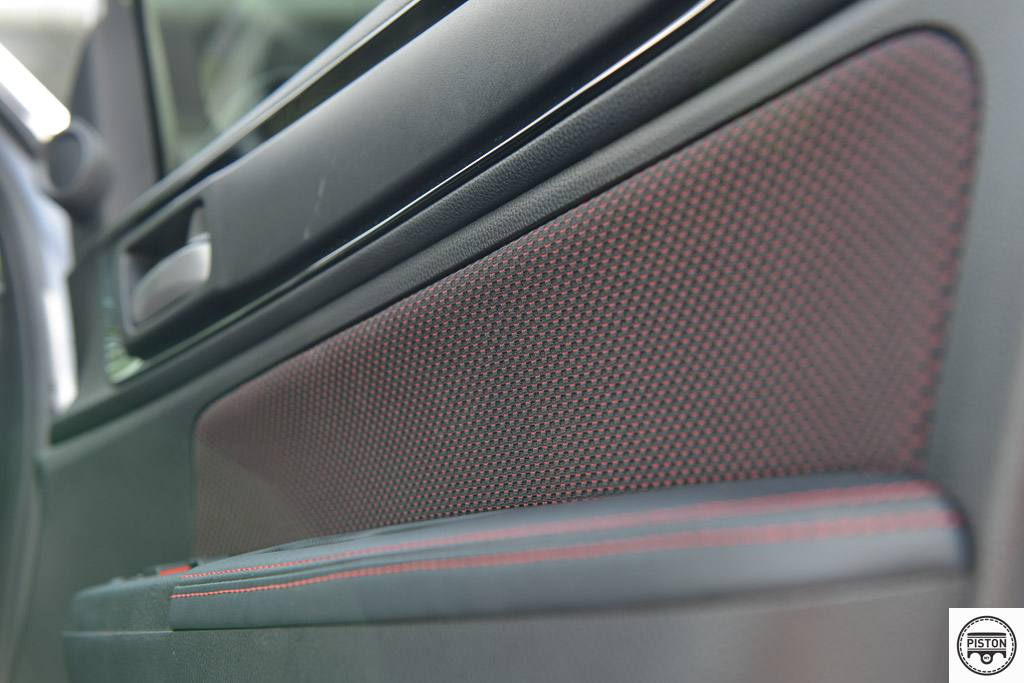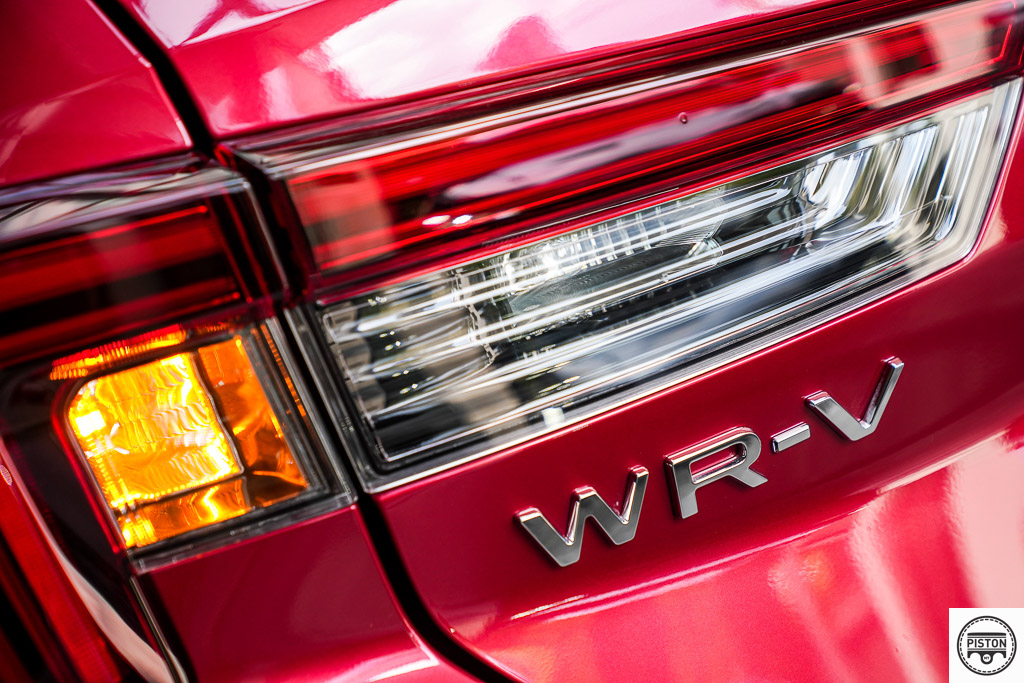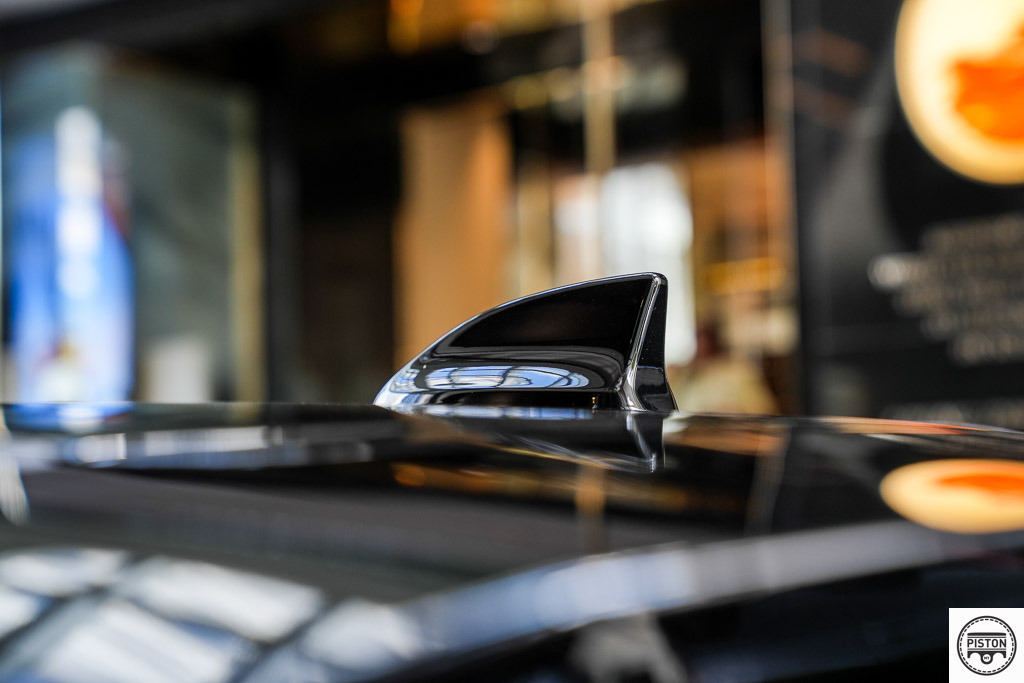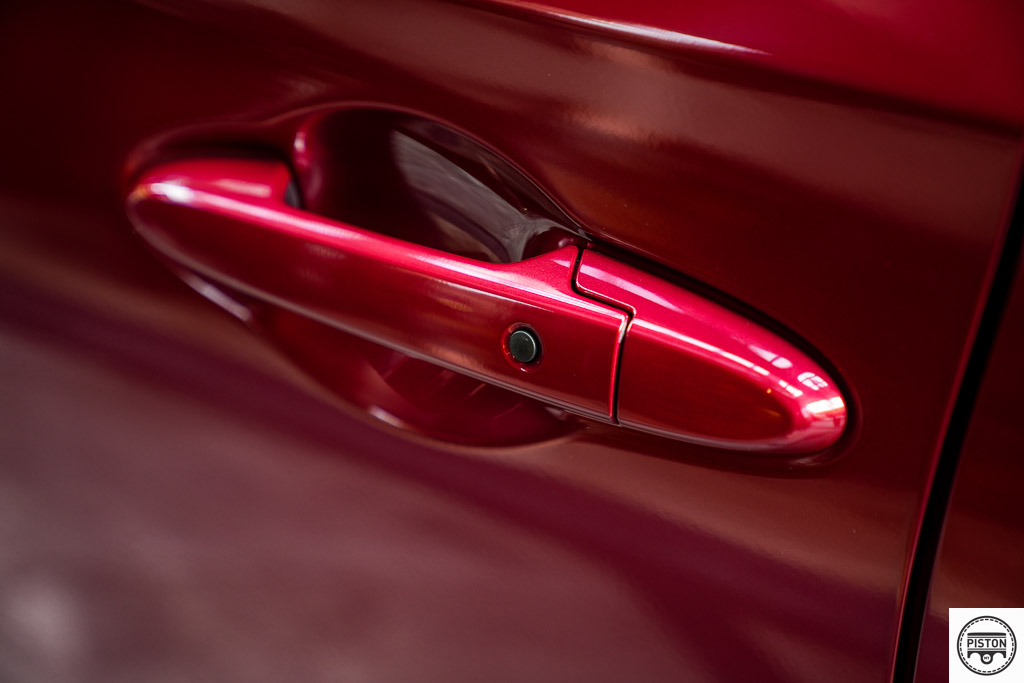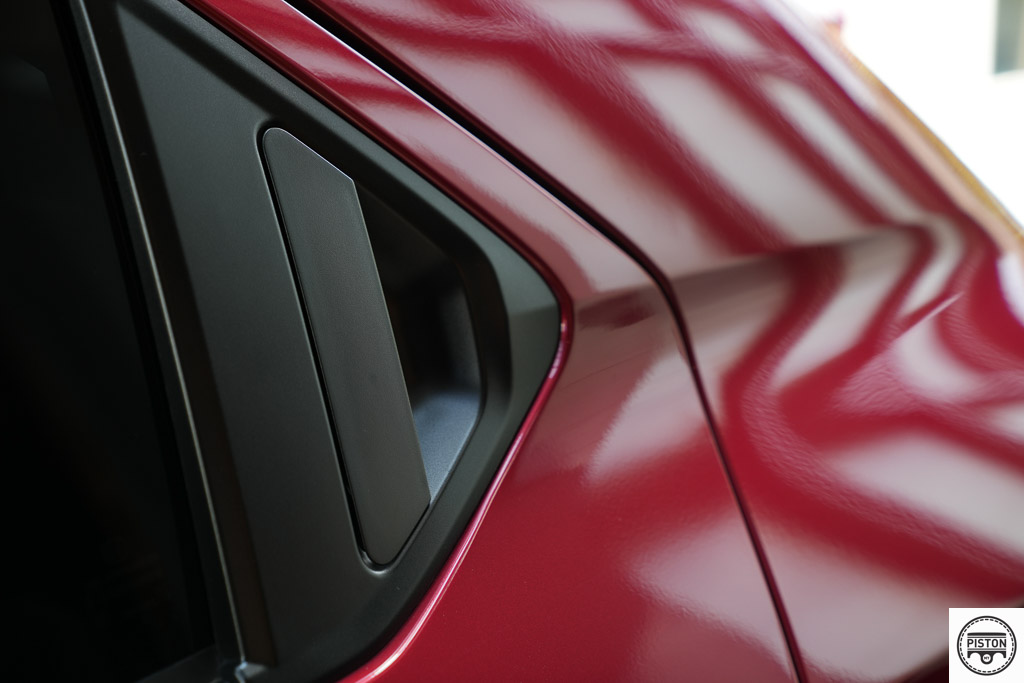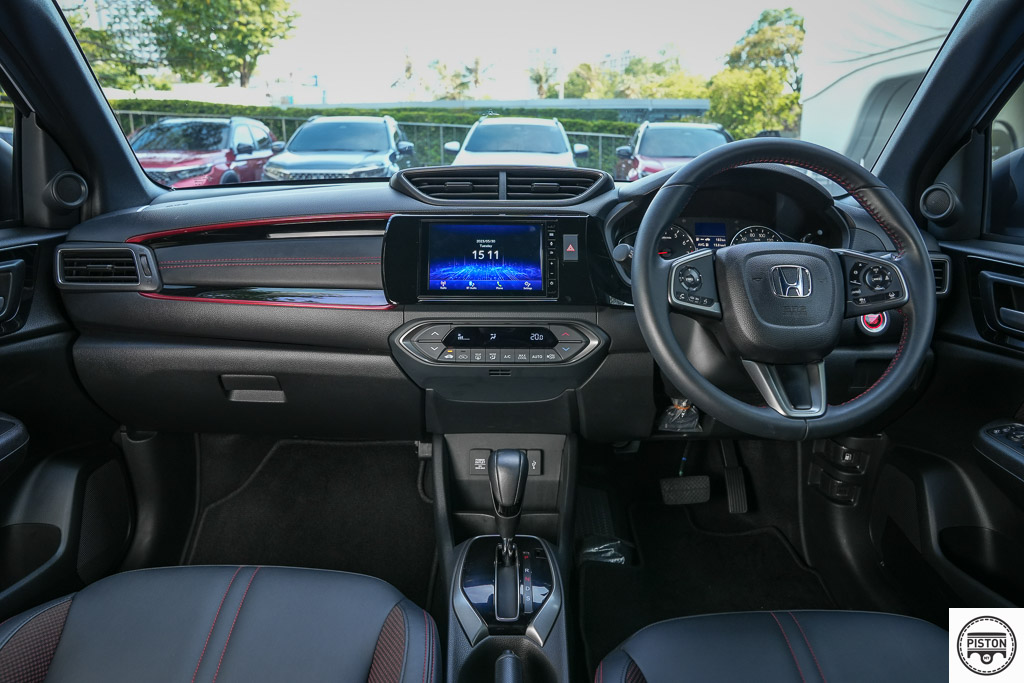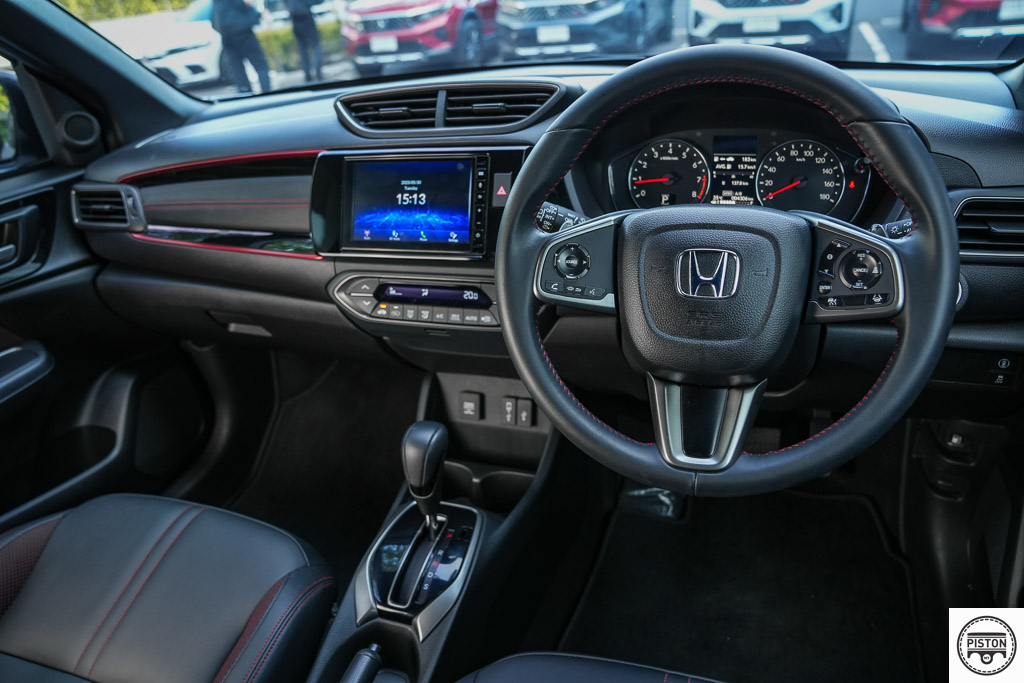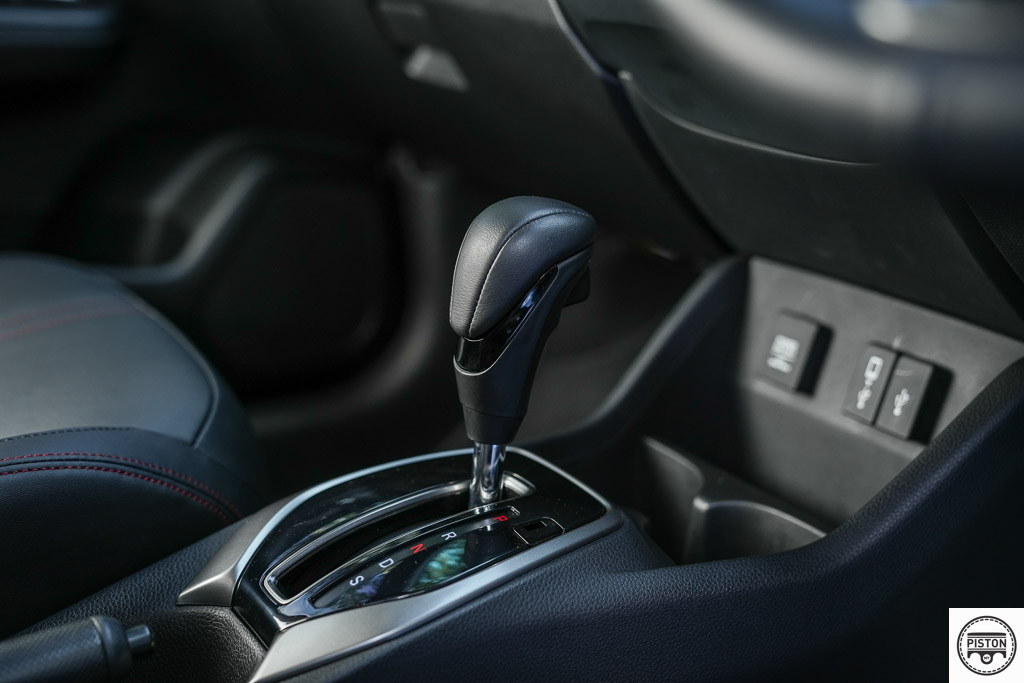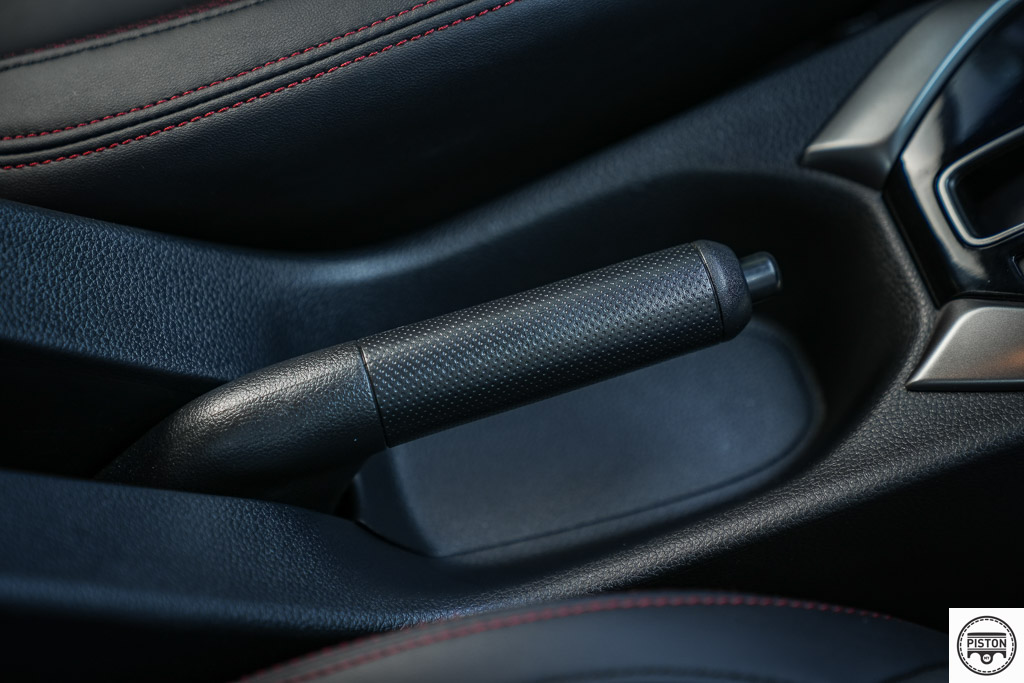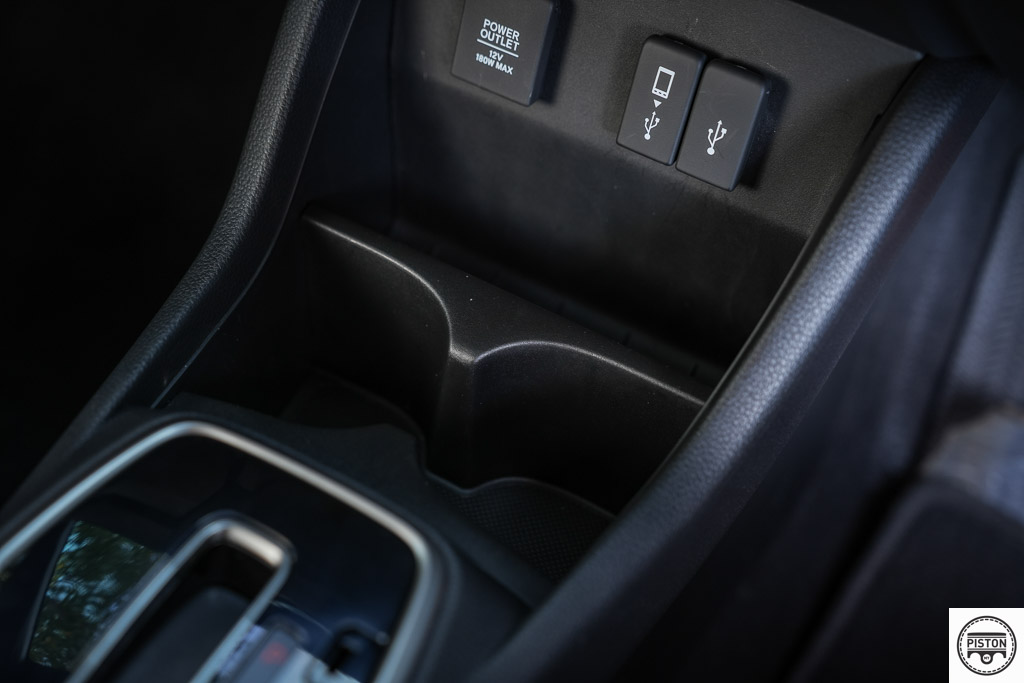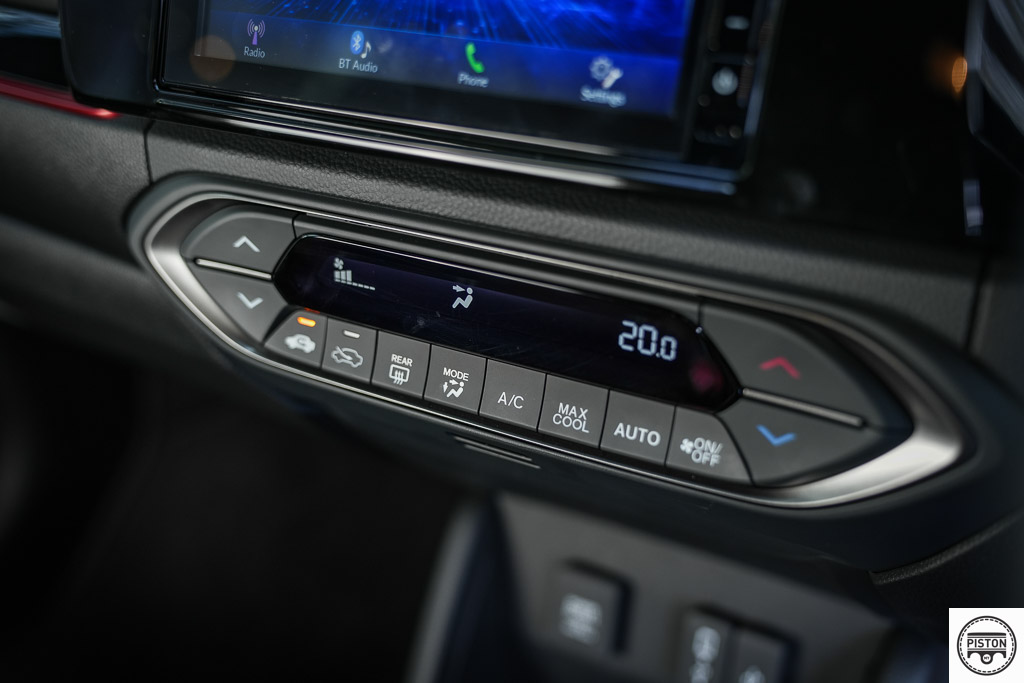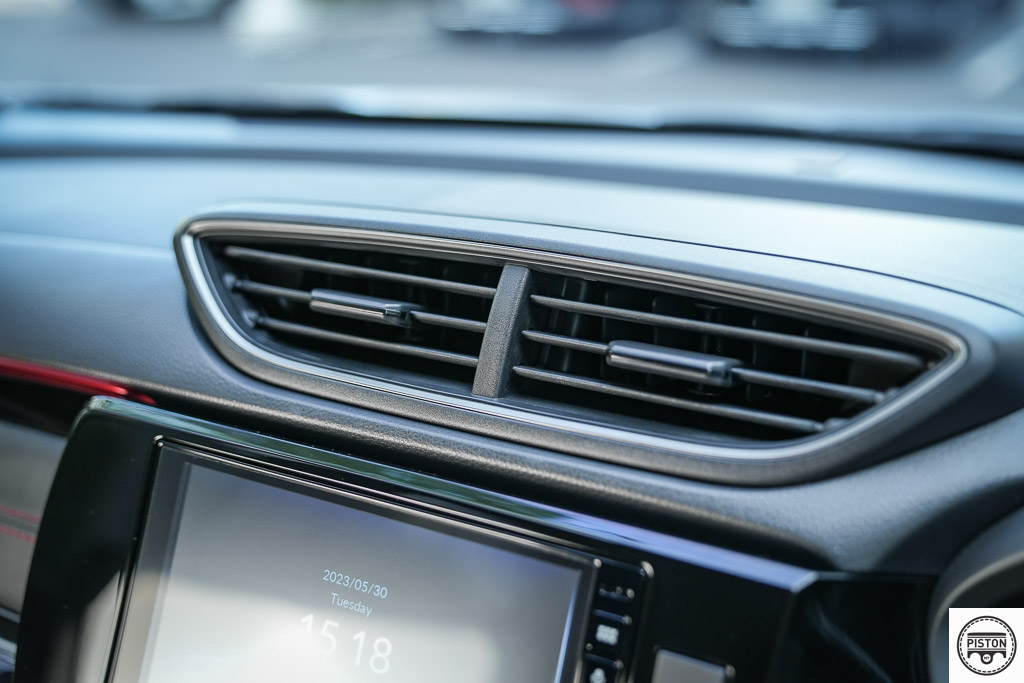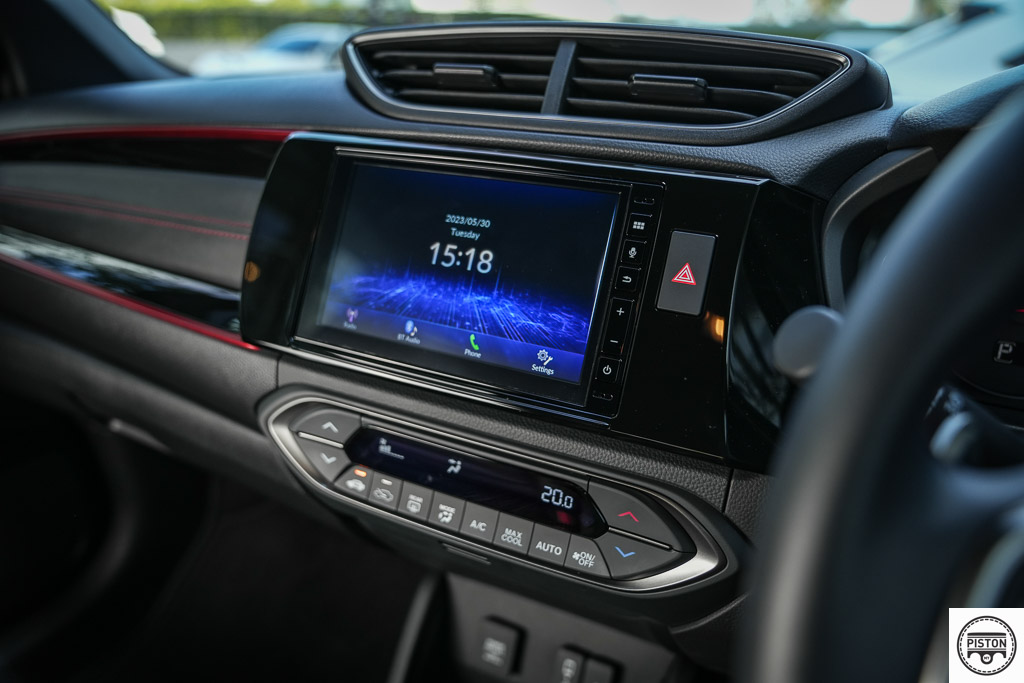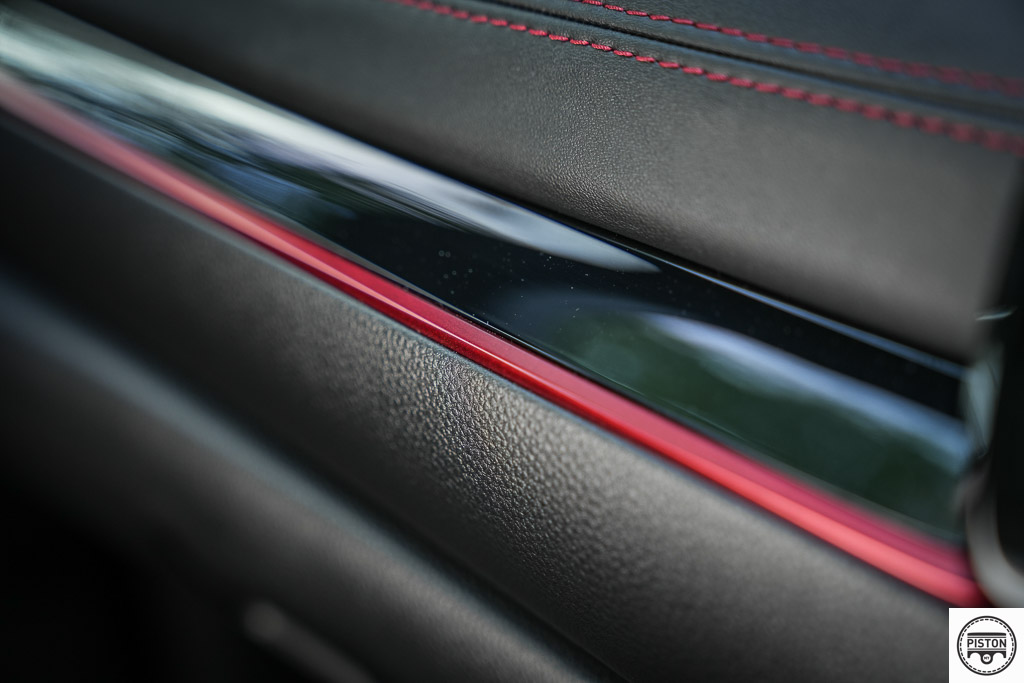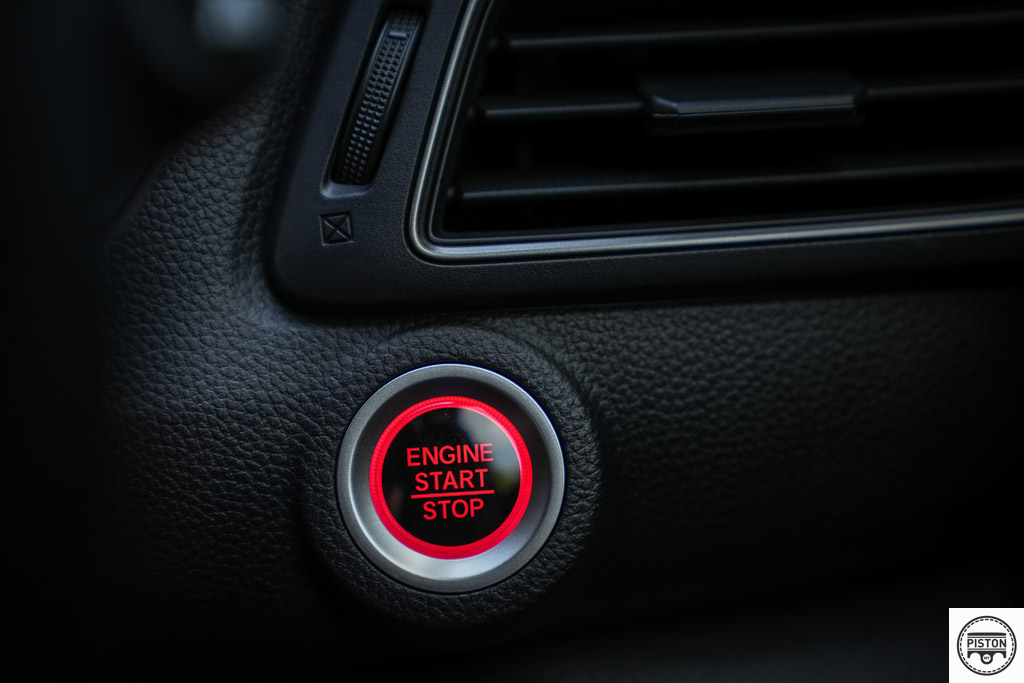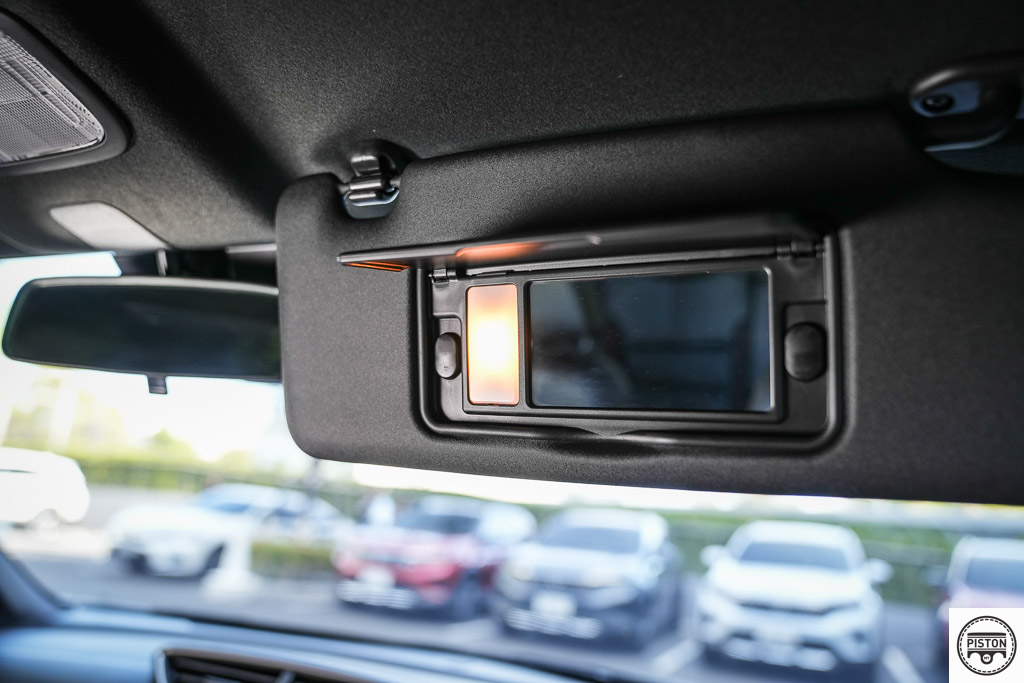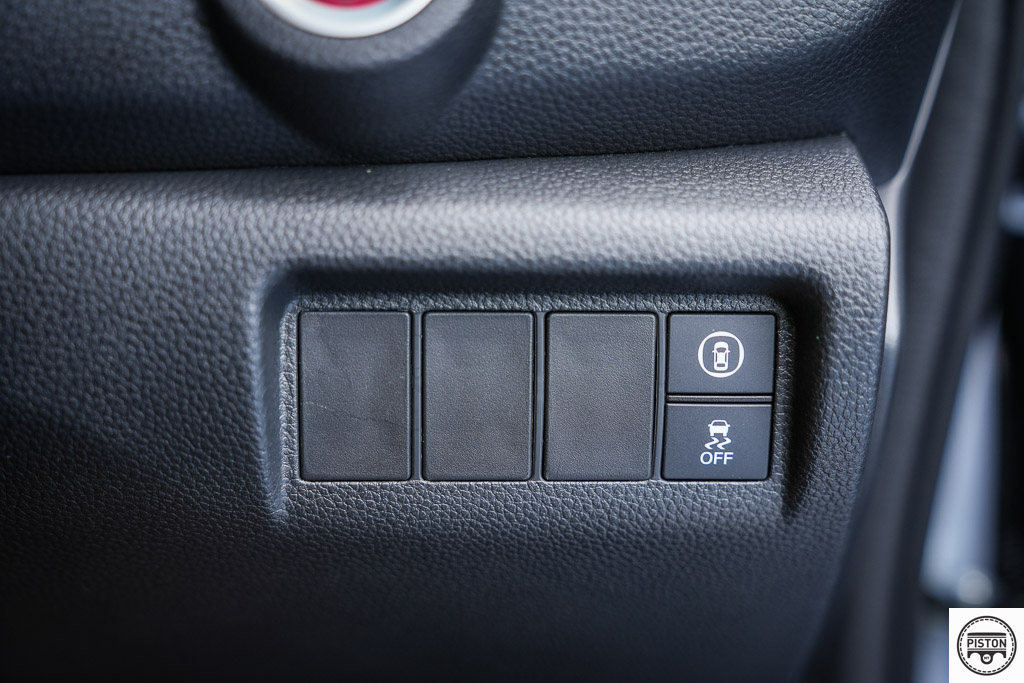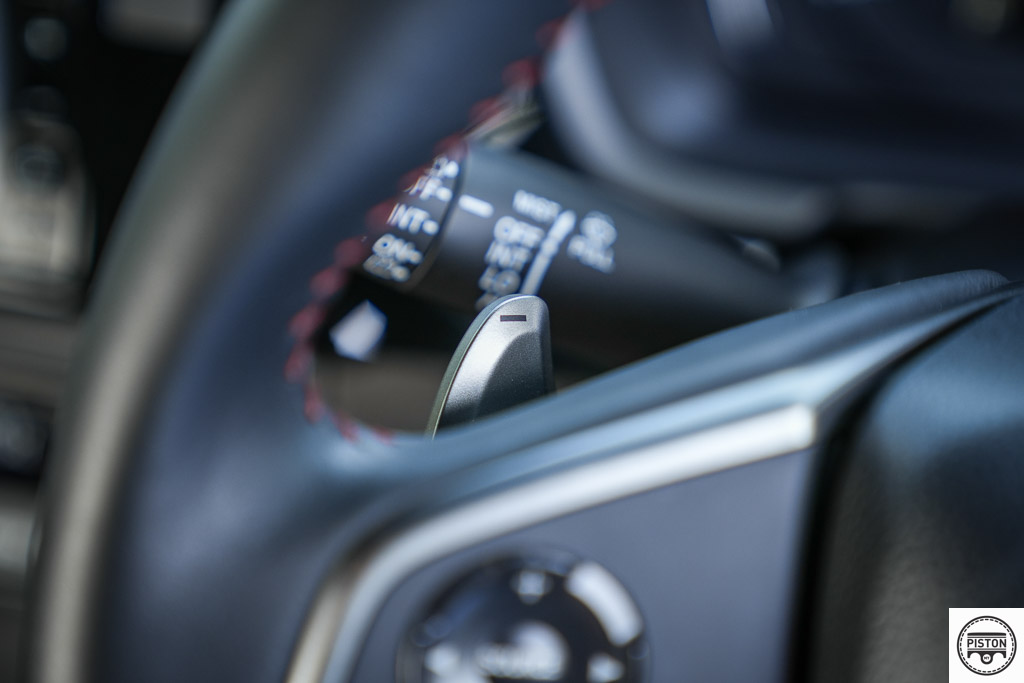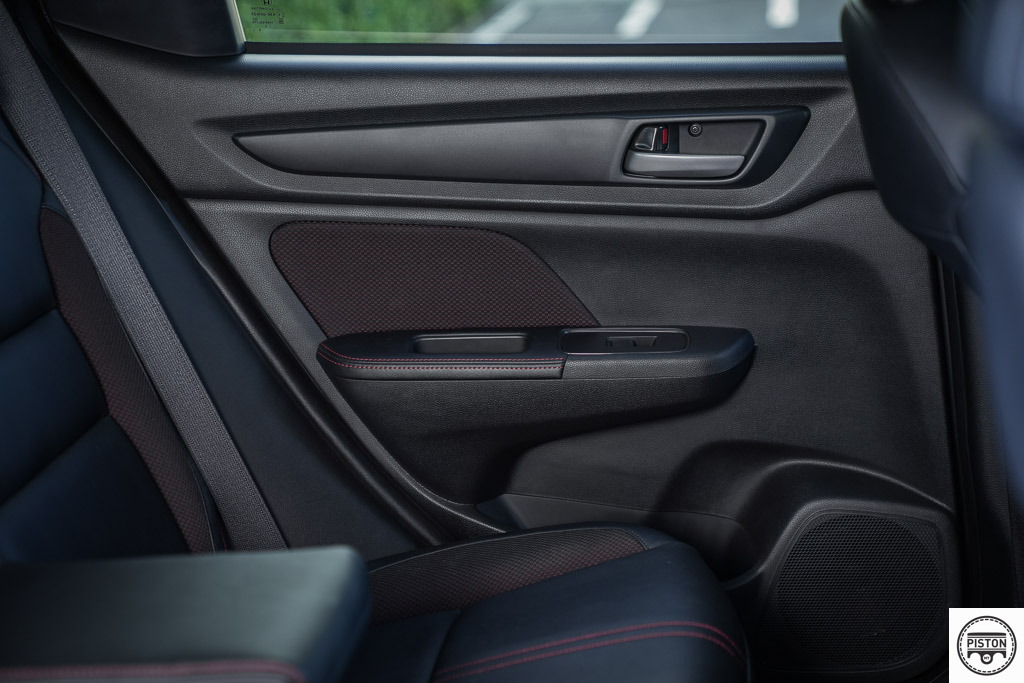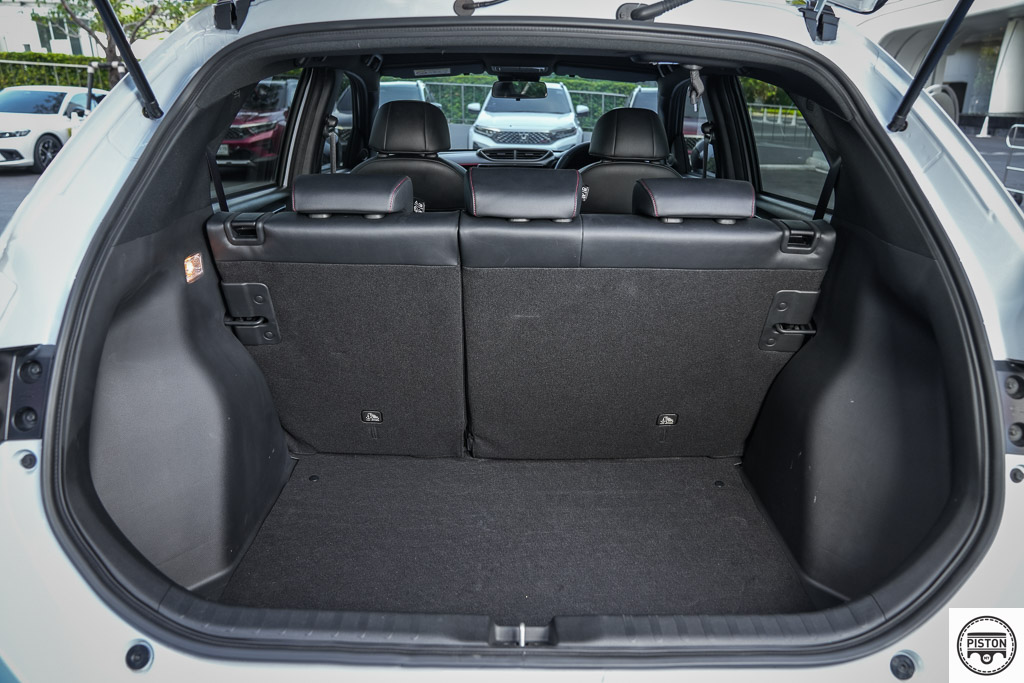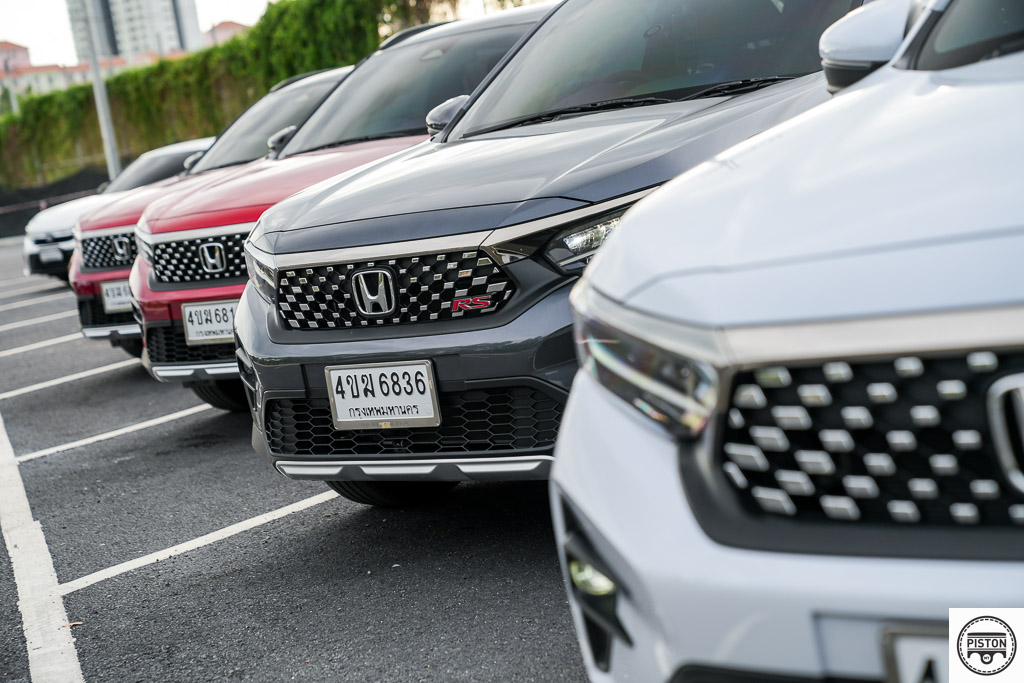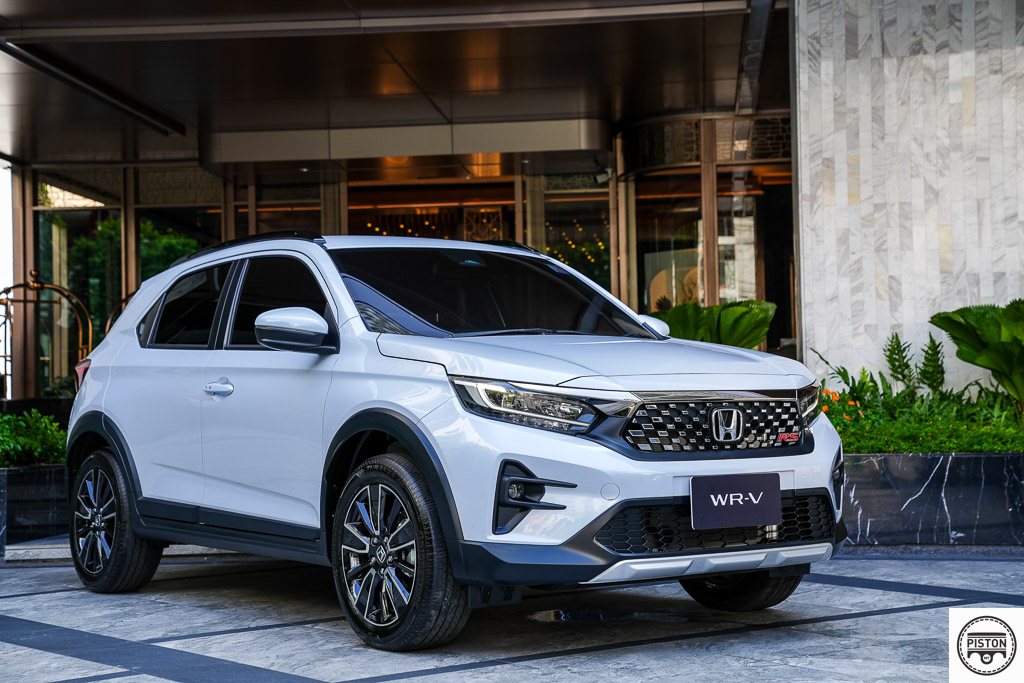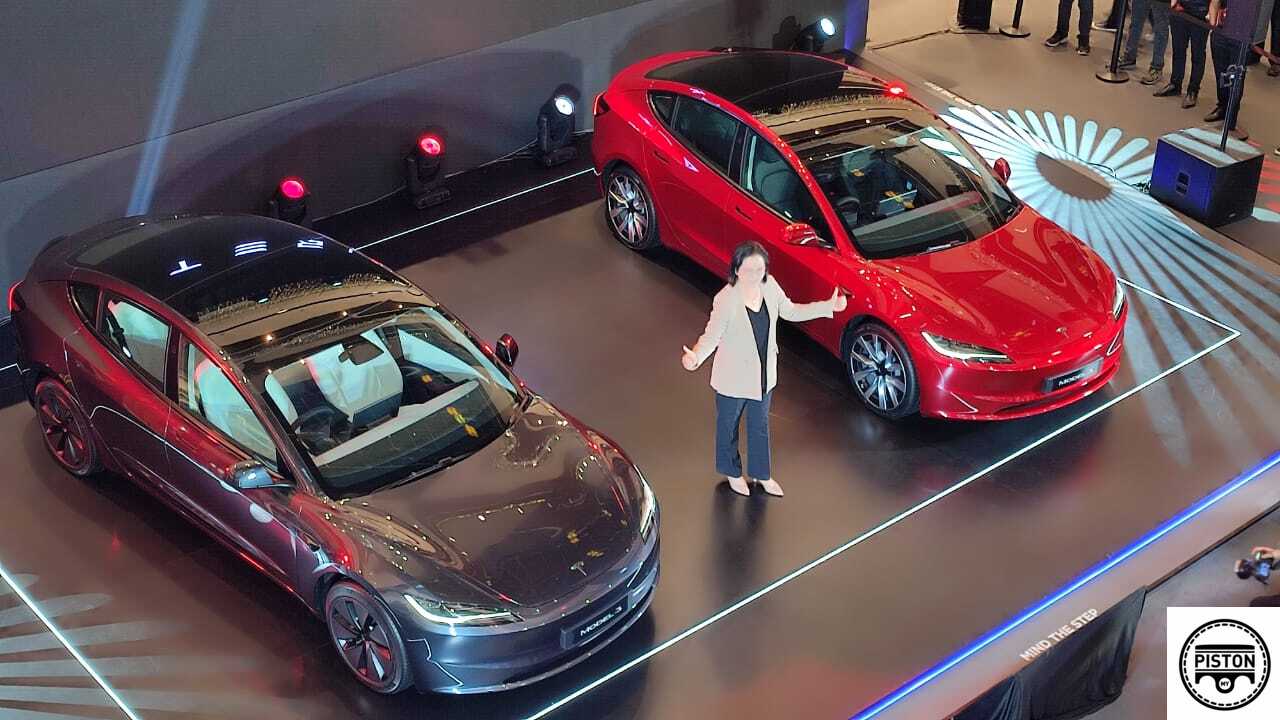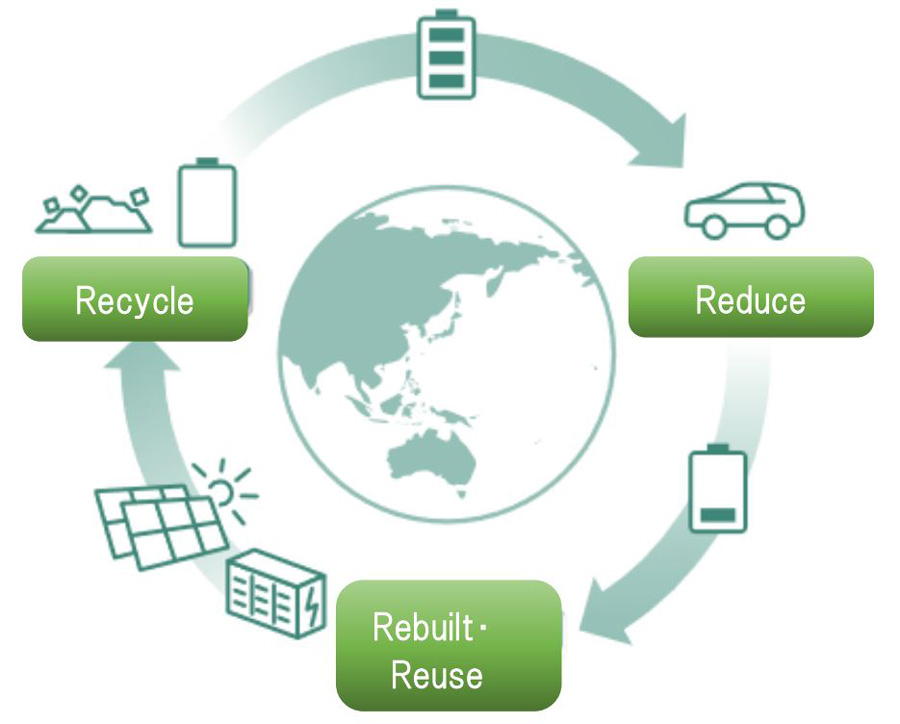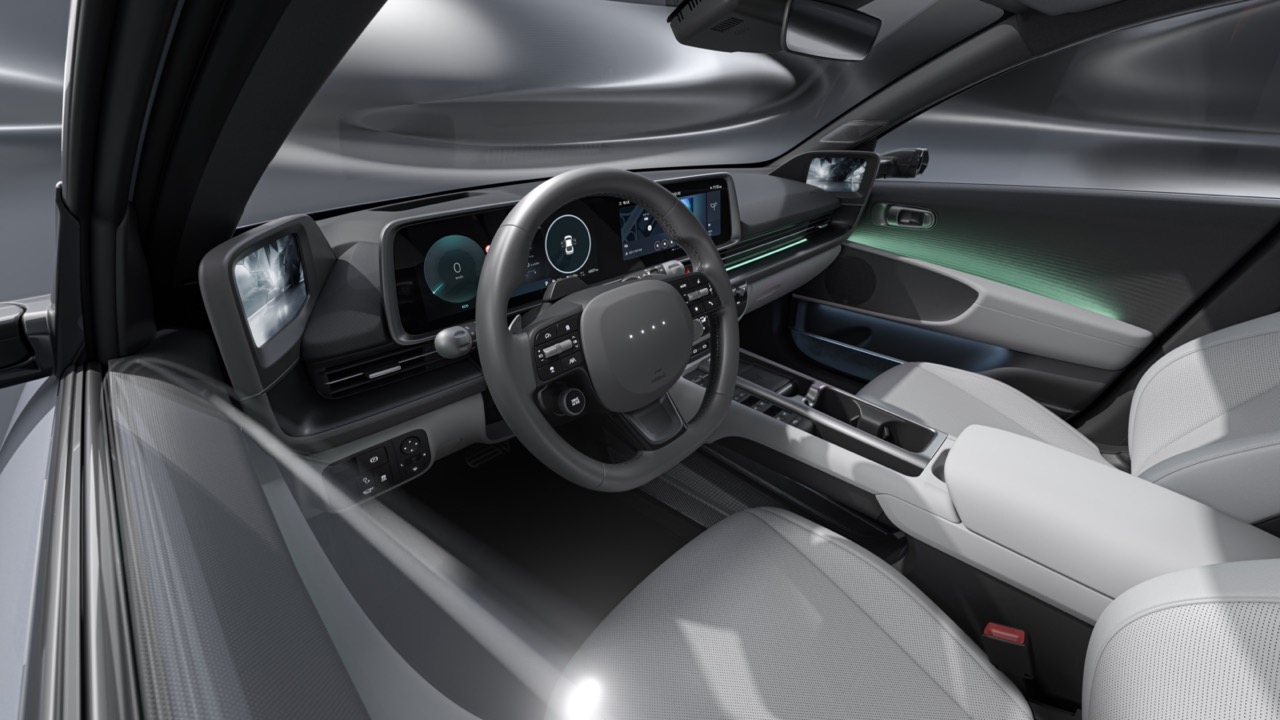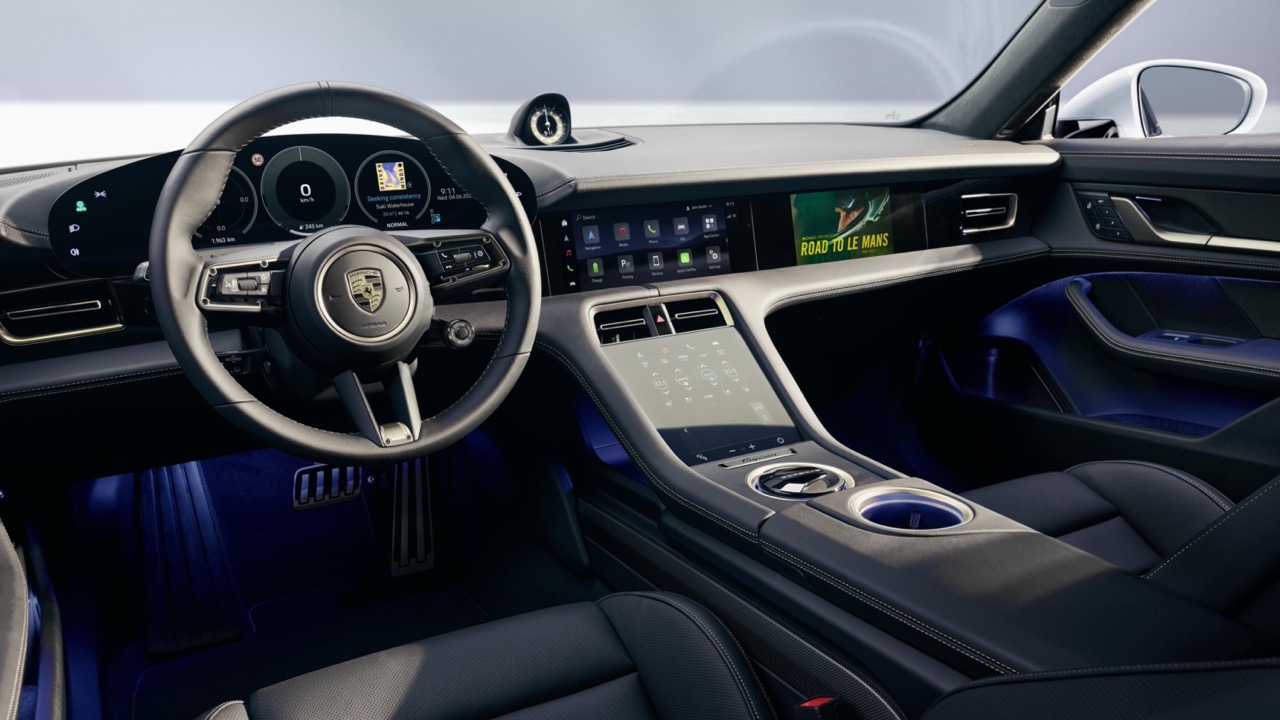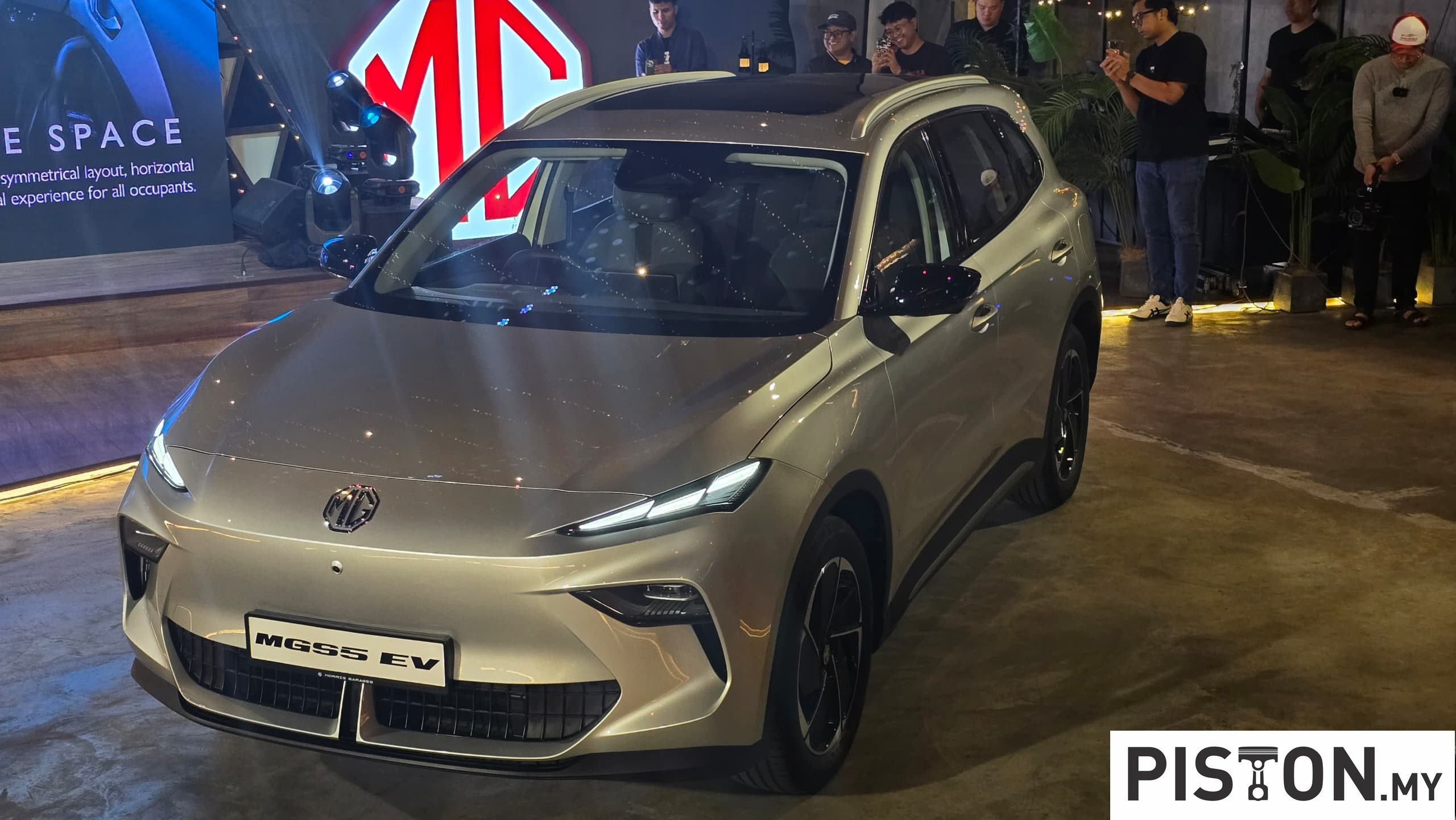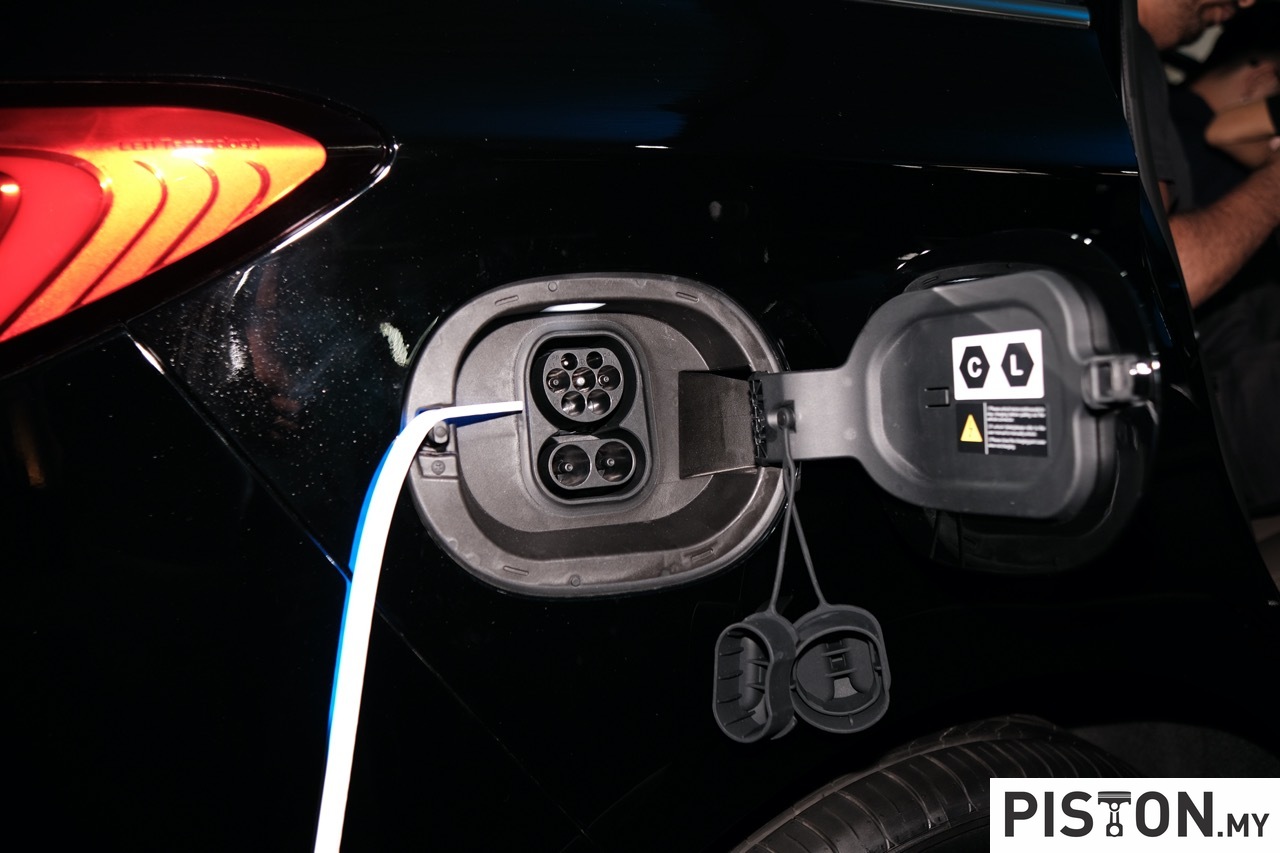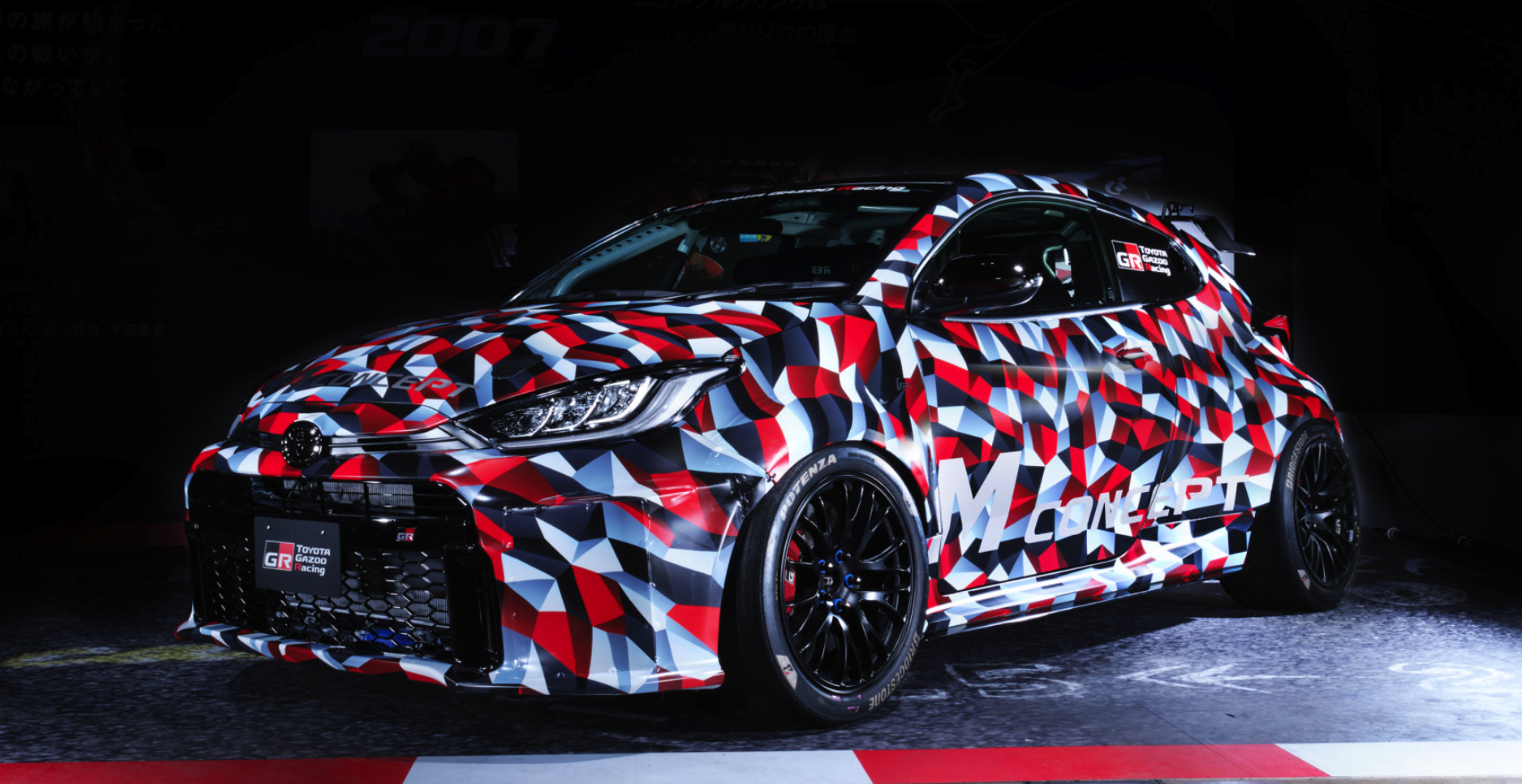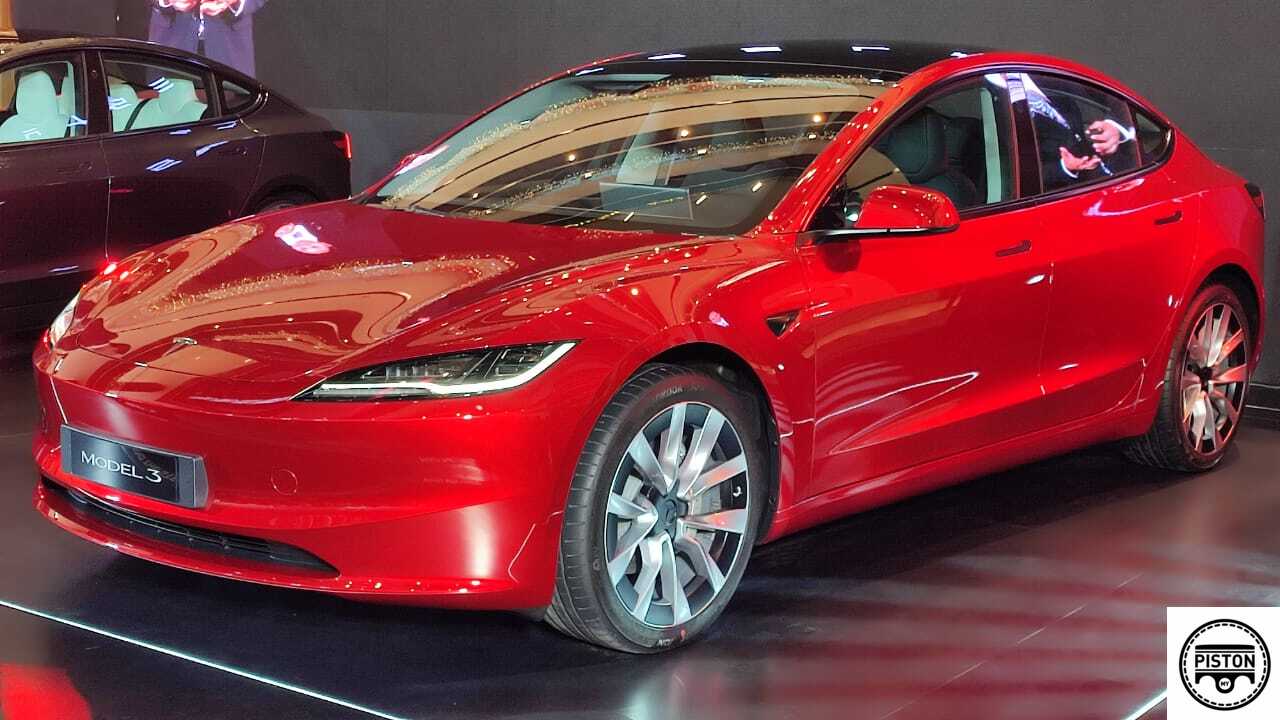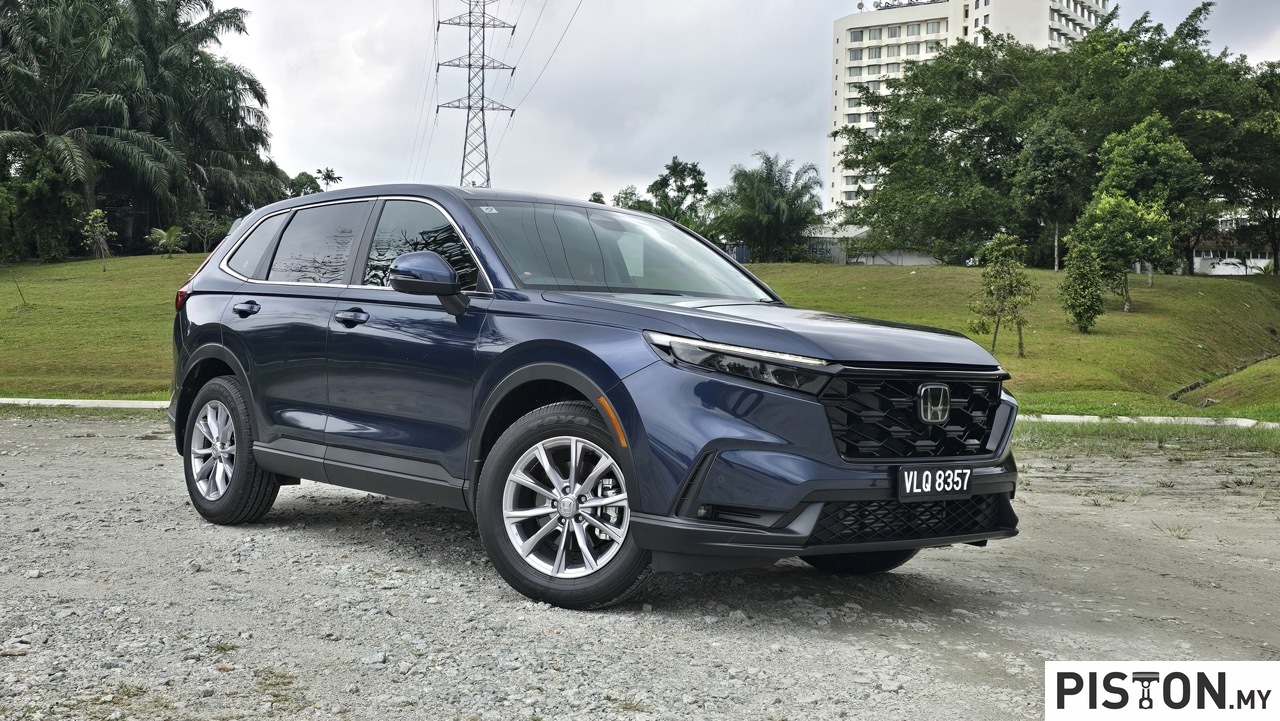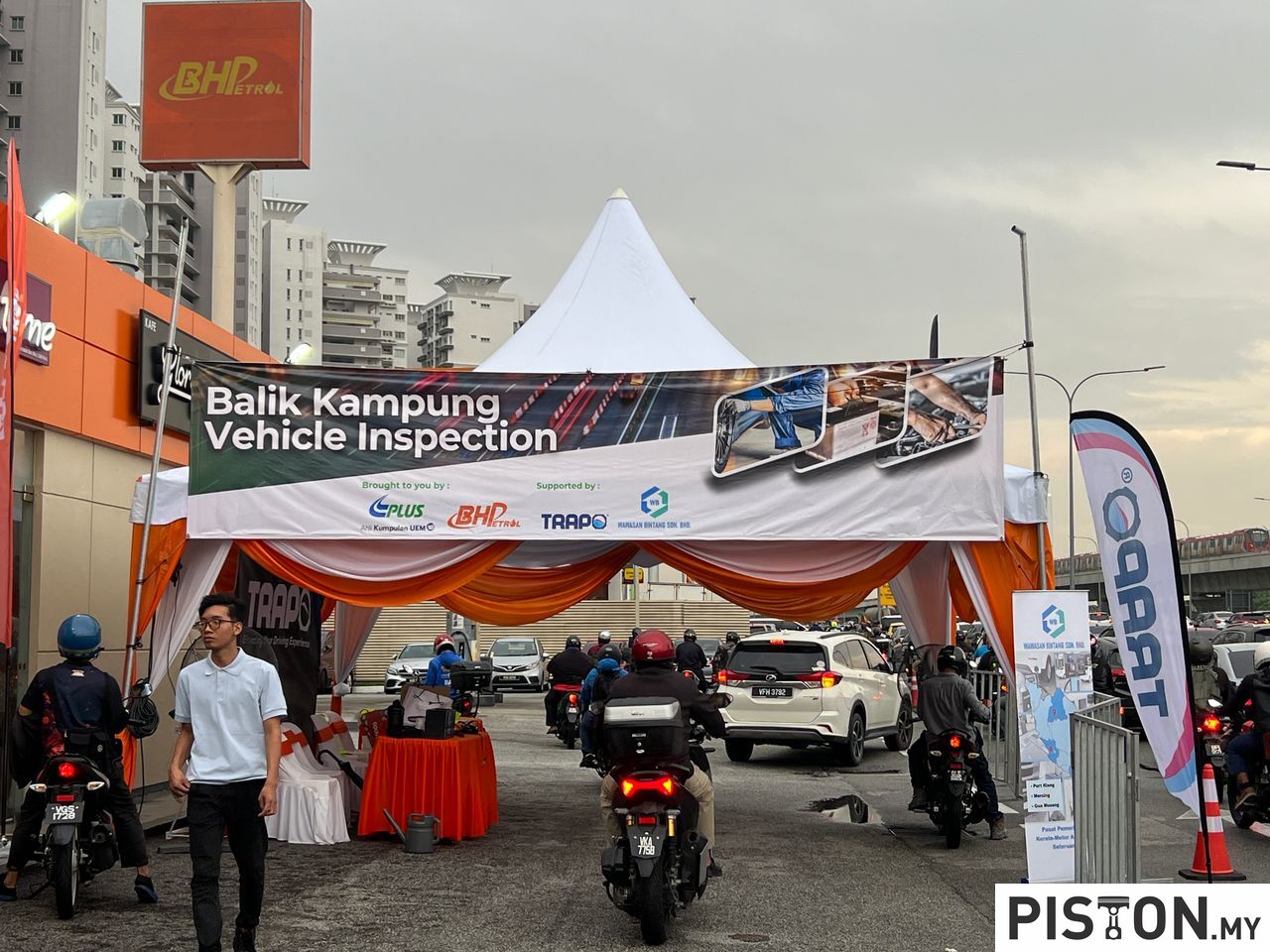The long awaited small SUV from Honda is just around the corner! For the time being, Honda’s Winsome Runabout Vehicle (WR-V) will be the only small SUV competitor for the Perodua Ativa. We have driven the car before its Malaysian debut, and this is what you need to know about the highly anticipated SUV.
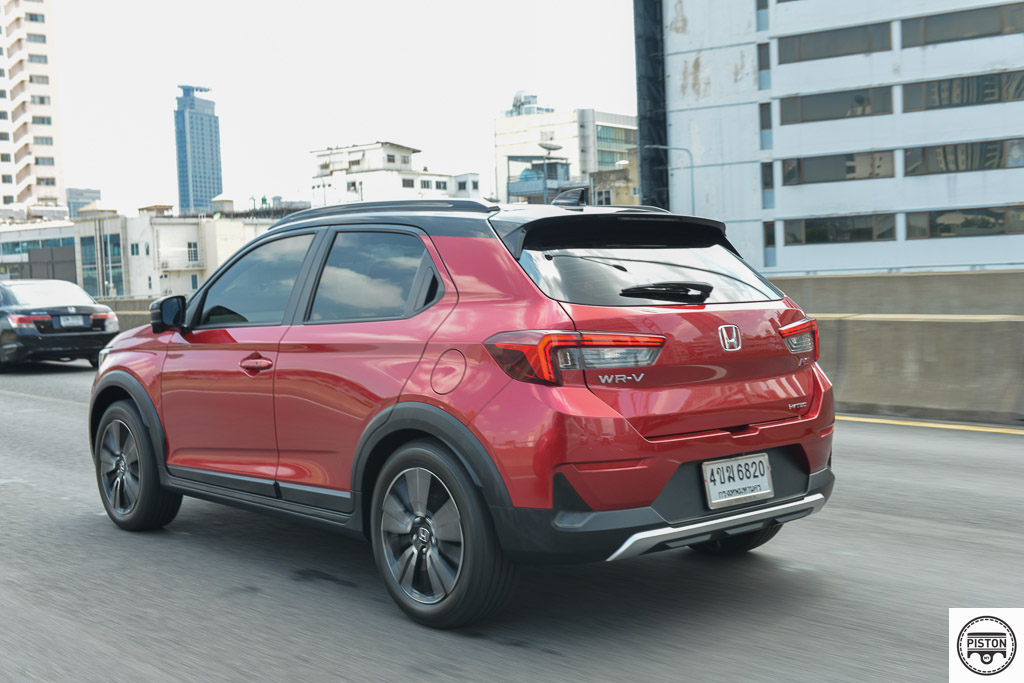
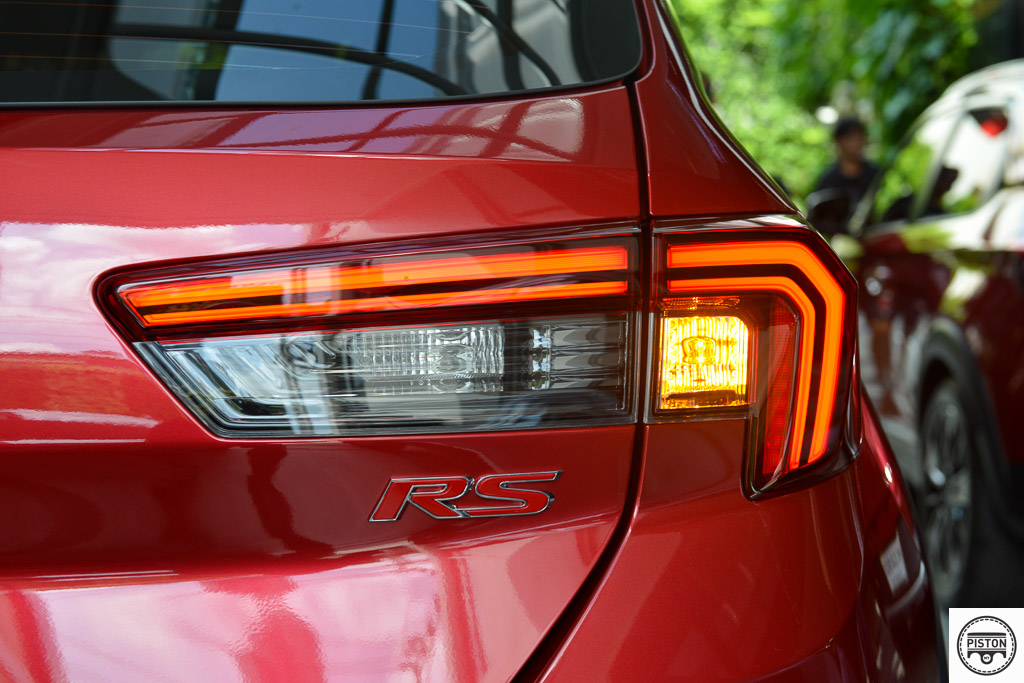
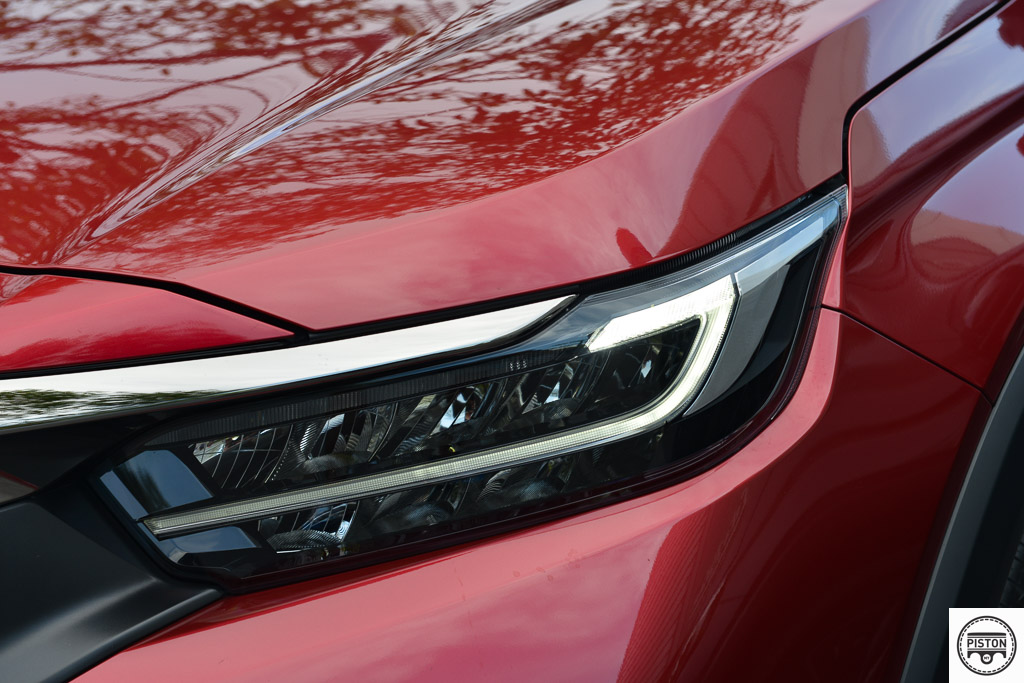
Engine
The WR-V is powered by a 1.5-litre naturally-aspirated engine that produced 121PS and 145Nm of torque. That may not seem like a lot, but it is a small SUV and that is actually quite sufficient to get around. In comparison to the Ativa, the WR-V has an additional 23PS and 5Nm of torque.
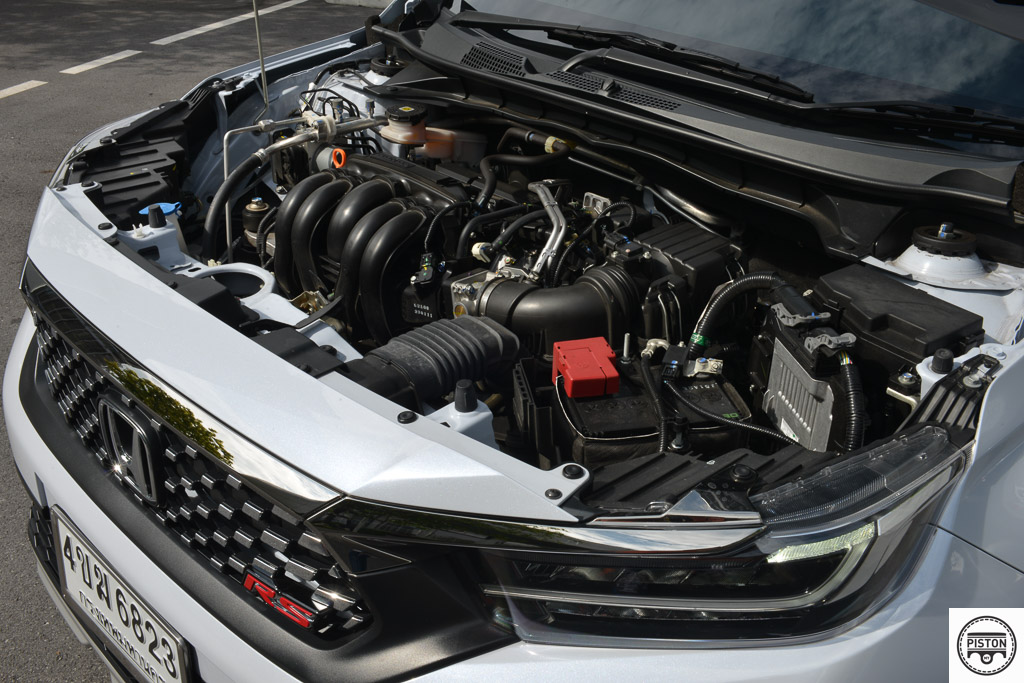
Just so you know, the 1.5-litre NA is the same unit found in the Honda City. The WRV is obviously meant to be efficient and comfortable, and it does its job quite well. So don’t worry, although you may think it is underpowered, we can assure you that this small SUV can get your family and you up to Genting with no hesitation.
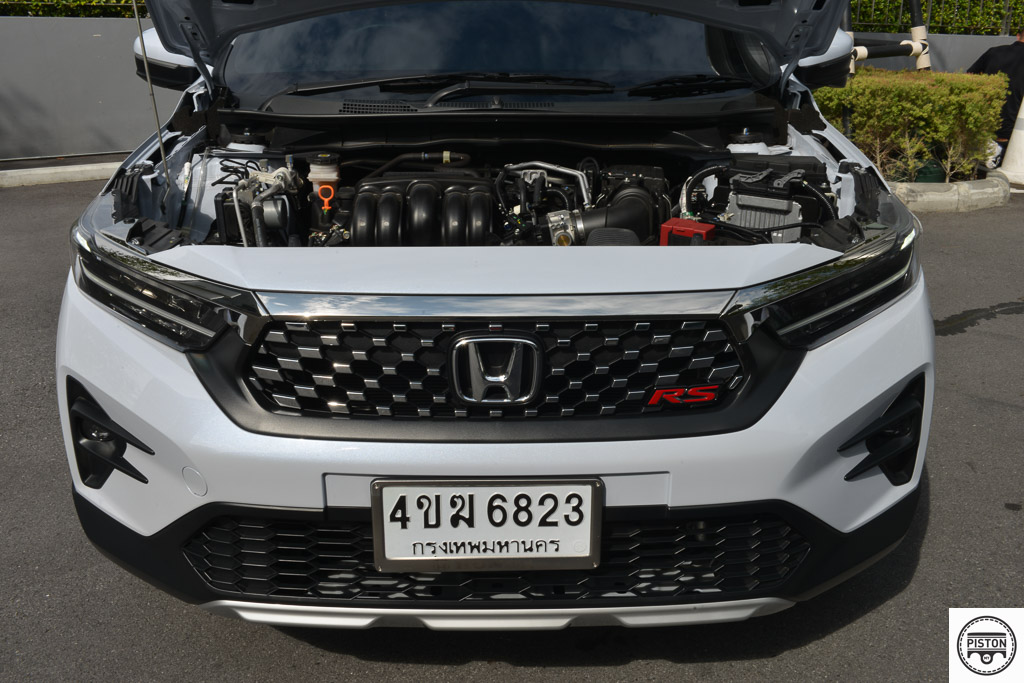
The fuel consumption is rated at 14.6km per litre. For a 35-litre fuel tank, that’s not bad at all. It provides for about 510km of range and that is pretty impressive. But of course, it depends on the driving style as well. If you have a heavy foot, then expect more stops at the petrol station.
Design
If you’re not familiar with the existing Honda models, at first glance of the front end, you would probably ask yourself, “Who shrunk the CR-V?” However, if you happen to be a gear-head, you would instantly know that the WR-V has its own design language but shares certain features with the HR-V and CR-V. For instance, the grille and the placement of the rear door handle which is found on the upper side rather than on the door panel is similar to the HR-V.
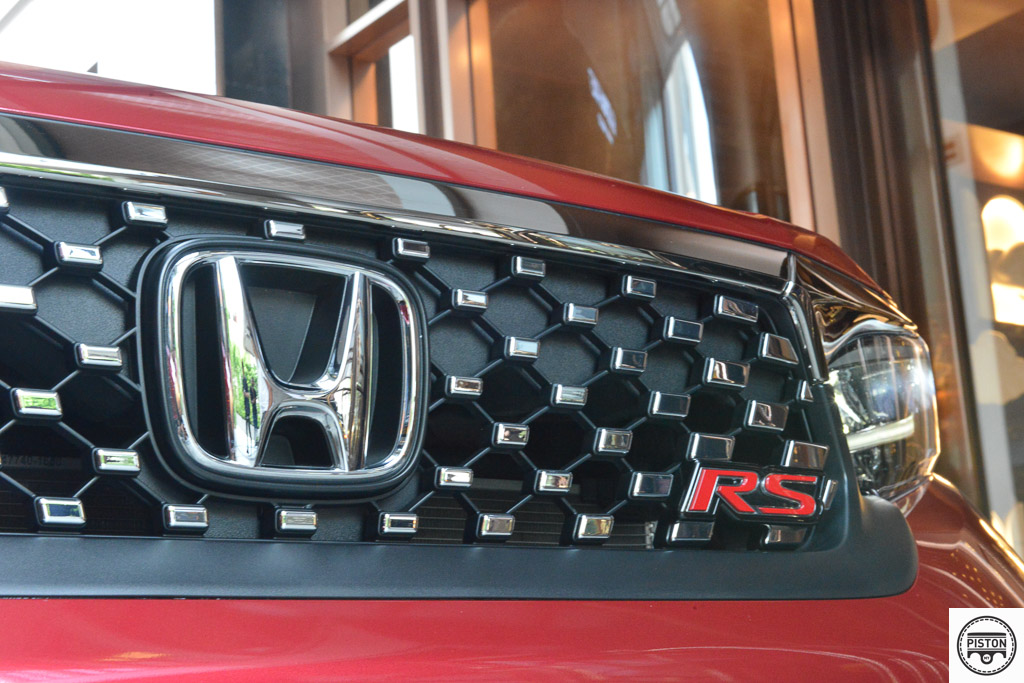
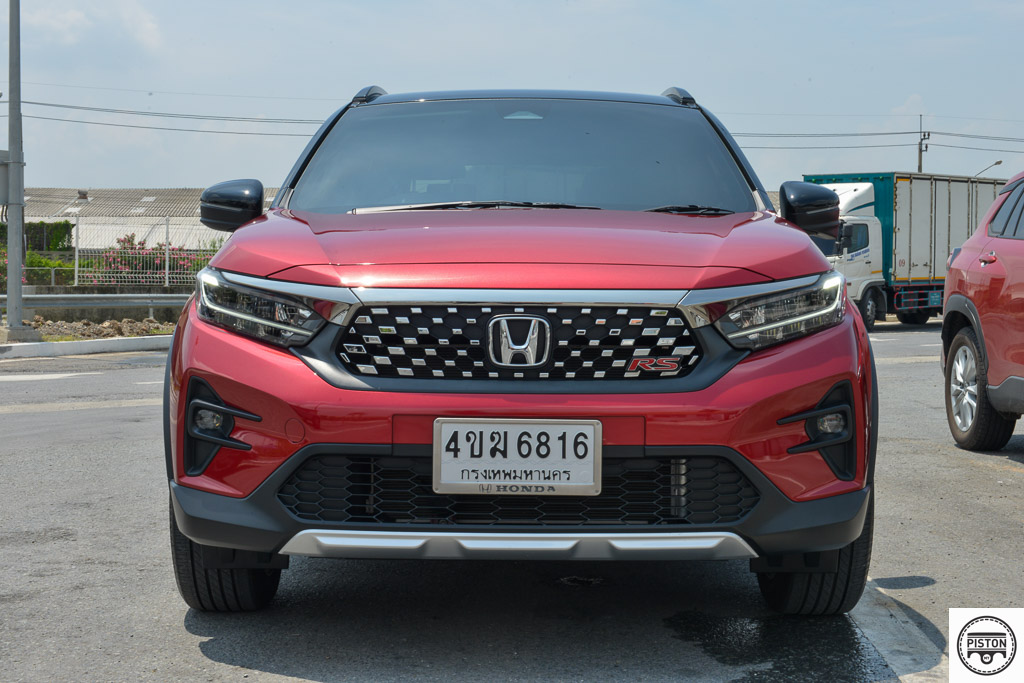
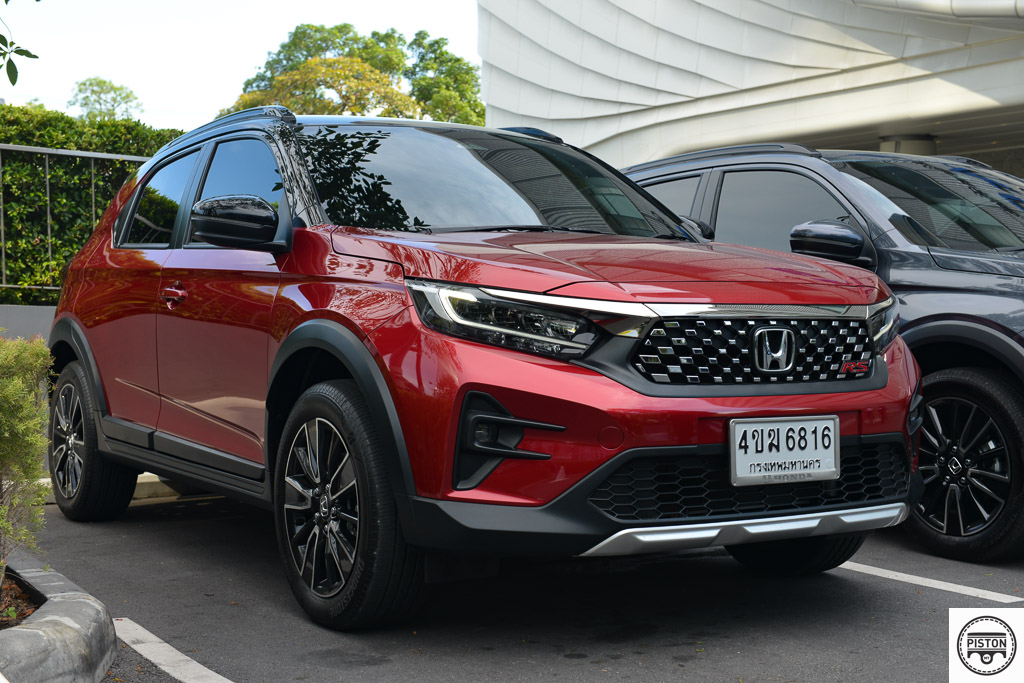
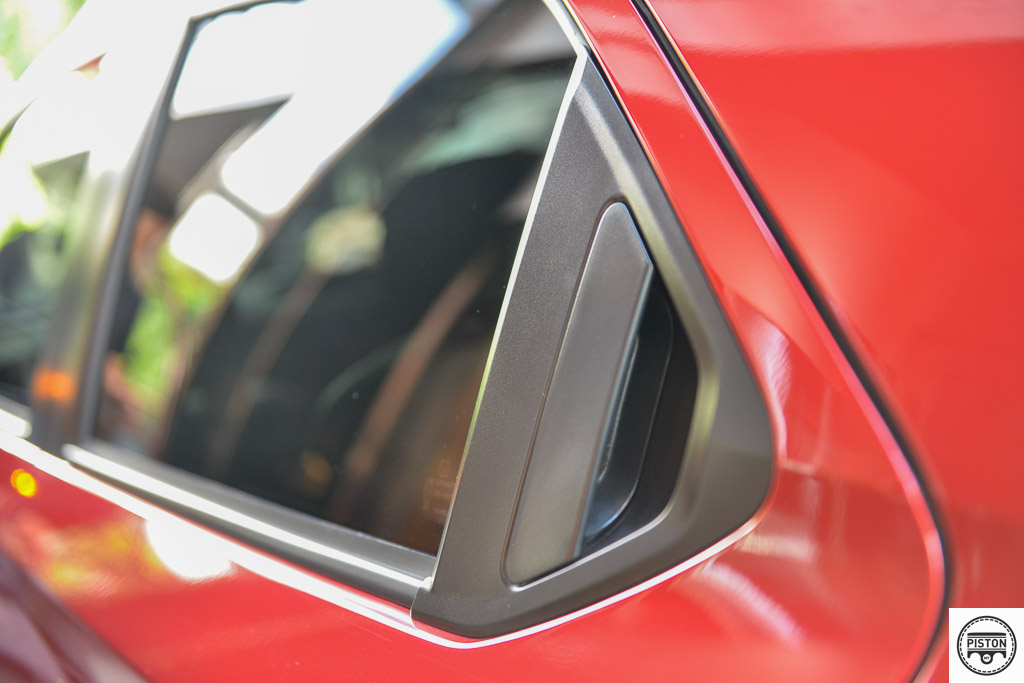
The Malaysian RS will most likely feature the same exterior kit as the one introduced to the Thai market including a variant that features the chrome chequered grille and 17-inch two-tone alloy wheels. Power-retractable door mirrors, automatic LED headlights with sequential turn signals, LED daytime running lights, and LED front fog lights are additional features.
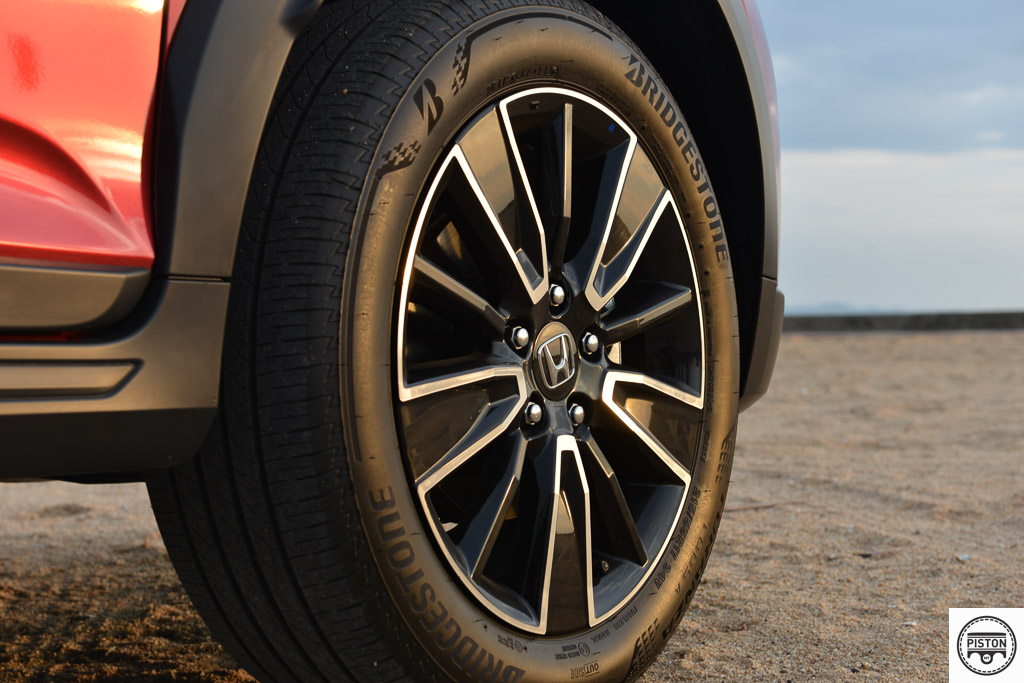
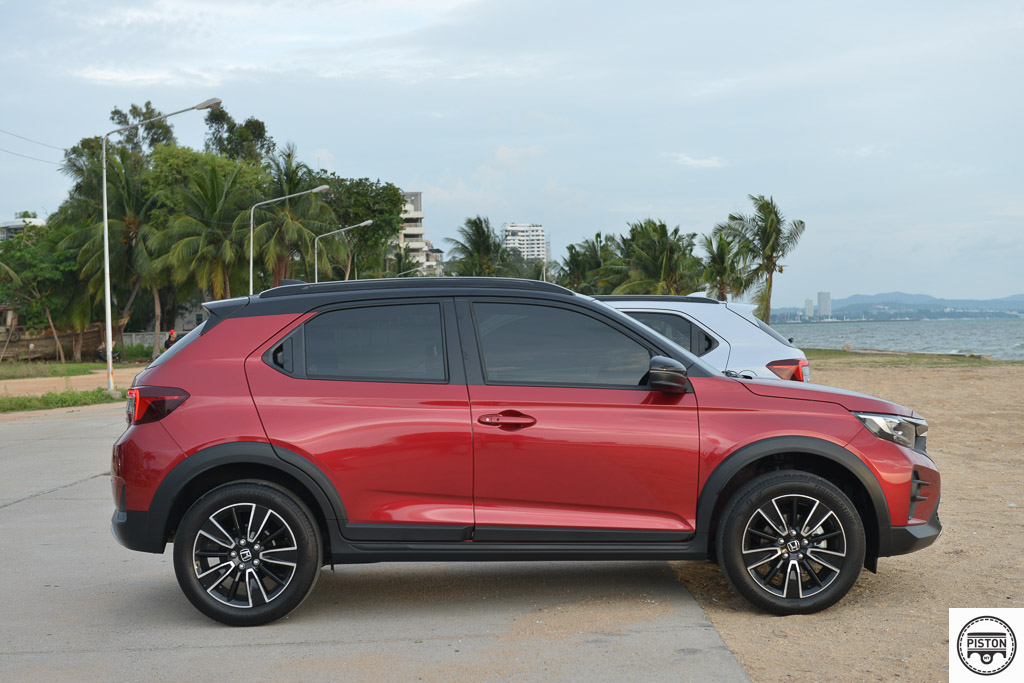
We are still unsure if the dual-tone paint job on the Thai-spec WR-V RS will make it to Malaysia, but there is a good chance that it will given how good it looks. Additionally, Malaysians appear to enjoy dual-tone paint jobs, so Honda will miss an opportunity if they do not provide this at launch.
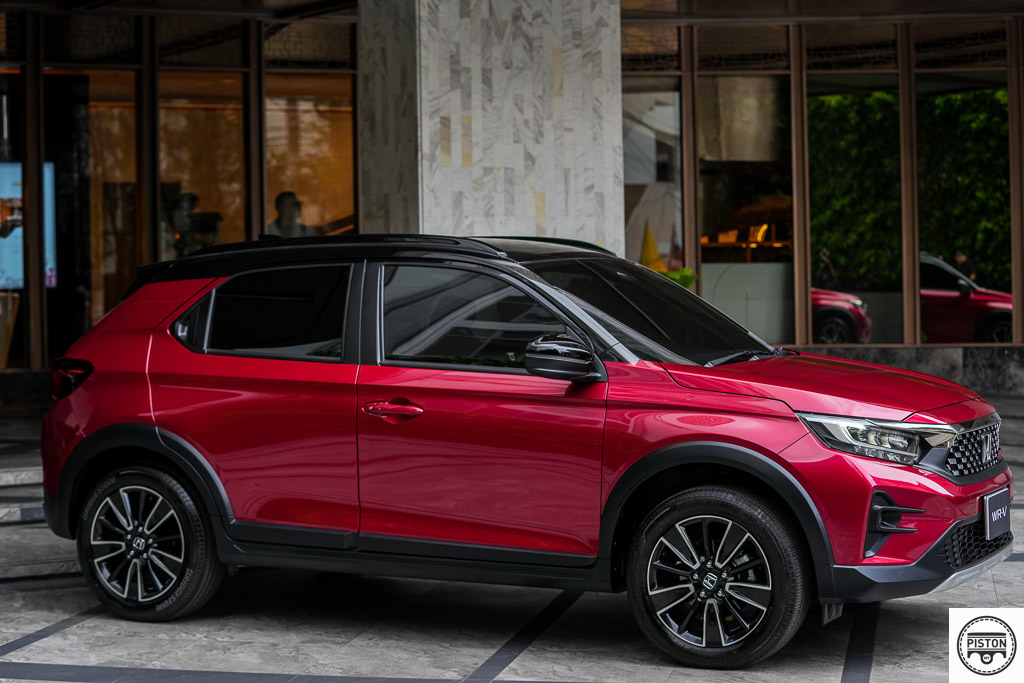
Dimensions
The overall measurements for the WR-V are 4,060mm long, 1,780mm wide, and 1,608mm tall. But pictures do not actually justify the size of the WR-V. In fact, despite being slightly wider than the Perodua Ativa, it is smaller overall. The Ativa is 5mm longer, 27mm taller, and has a wheelbase that is 40mm longer than the WRV. However, the WRV is 70mm broader, giving it additional shoulder room. Besides, a bigger structure does not always mean more interior space.
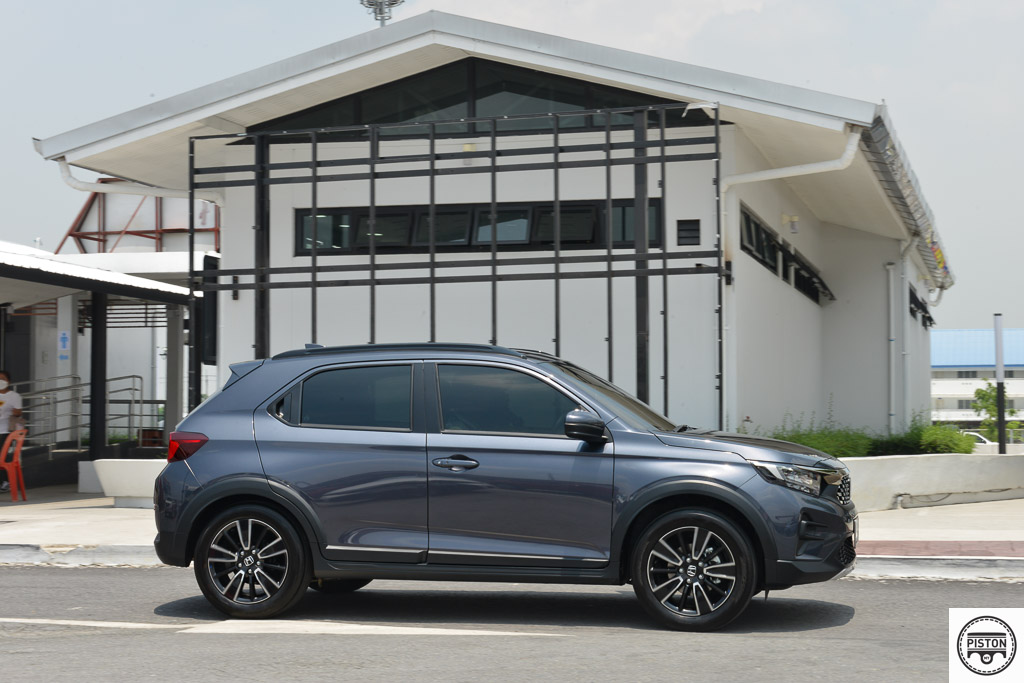
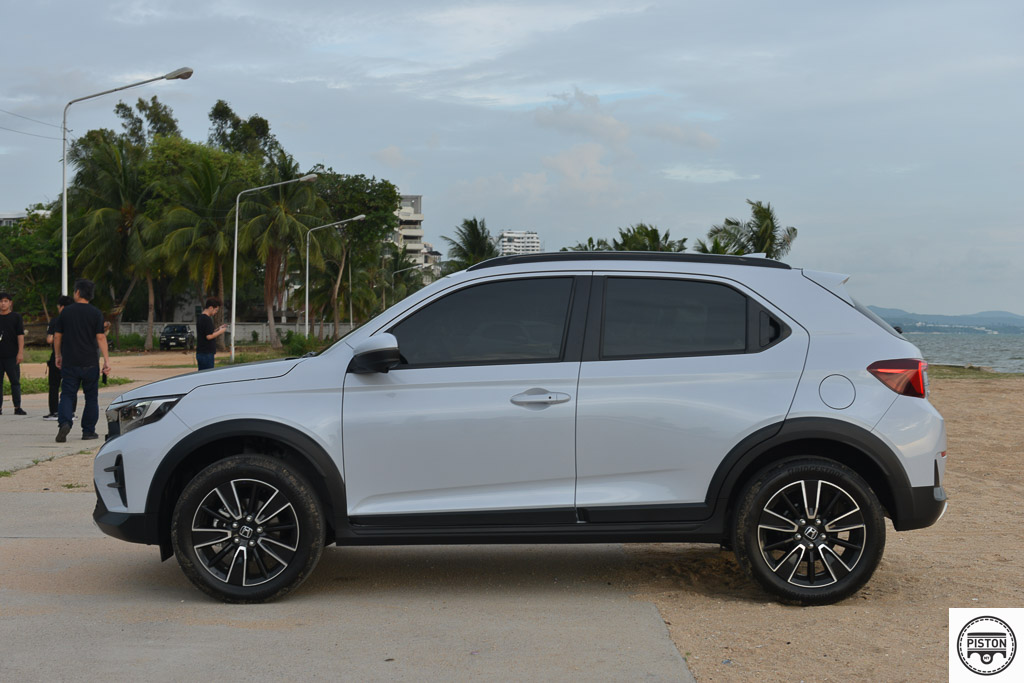
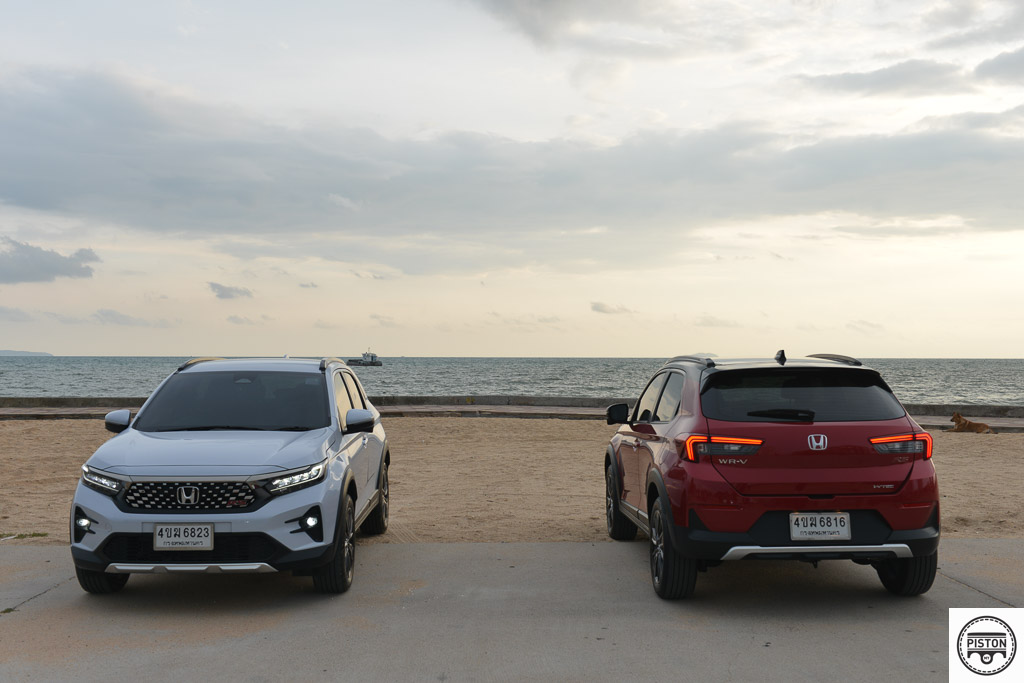
On the spaciousness front, the front passenger seat had enough room, and the back seat had adequate capacity. However, our six-foot-framed colleague would have liked a bit more legroom behind the wheel. We do believe that the seats could be slightly wider, but it is understandable that doing so would have required giving up interior space. So if you have a slightly bigger build, like this writer, do not worry, you will fit into it just fine.
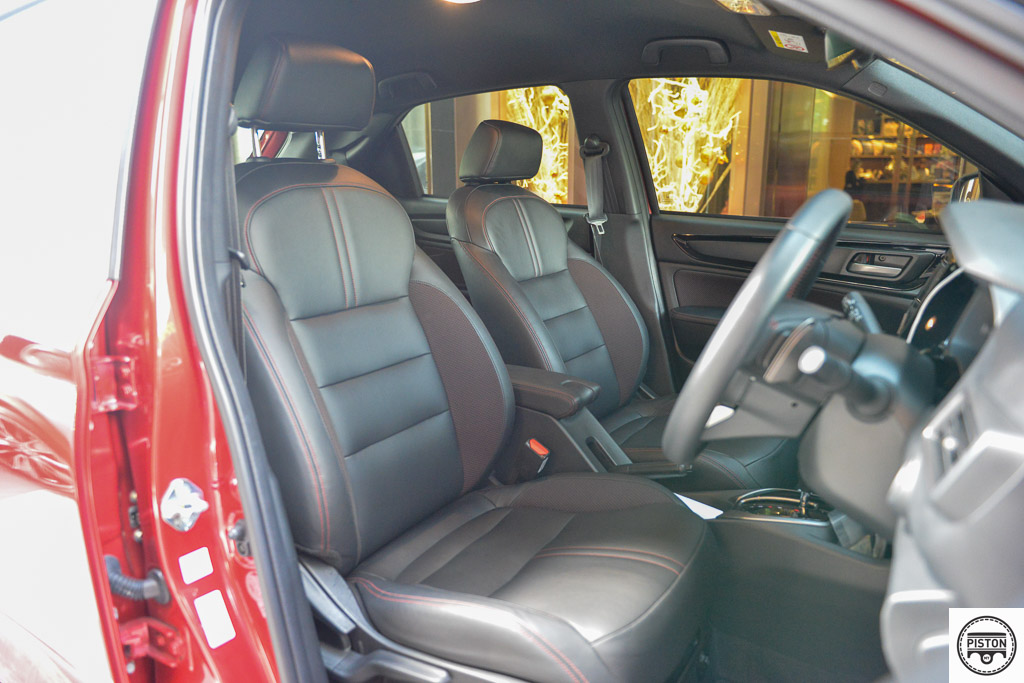
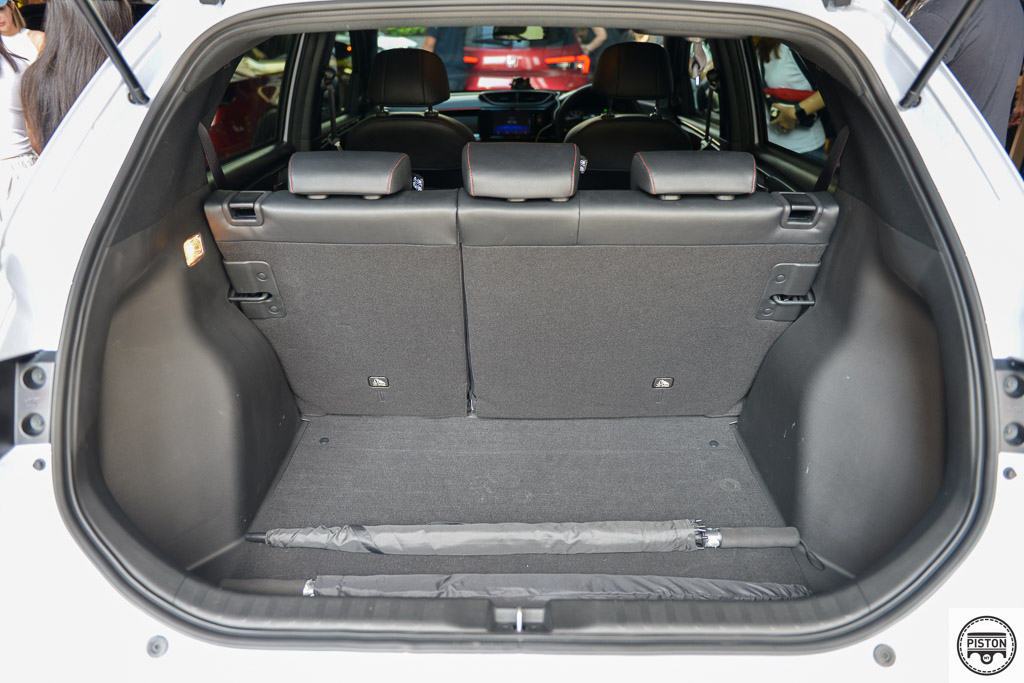
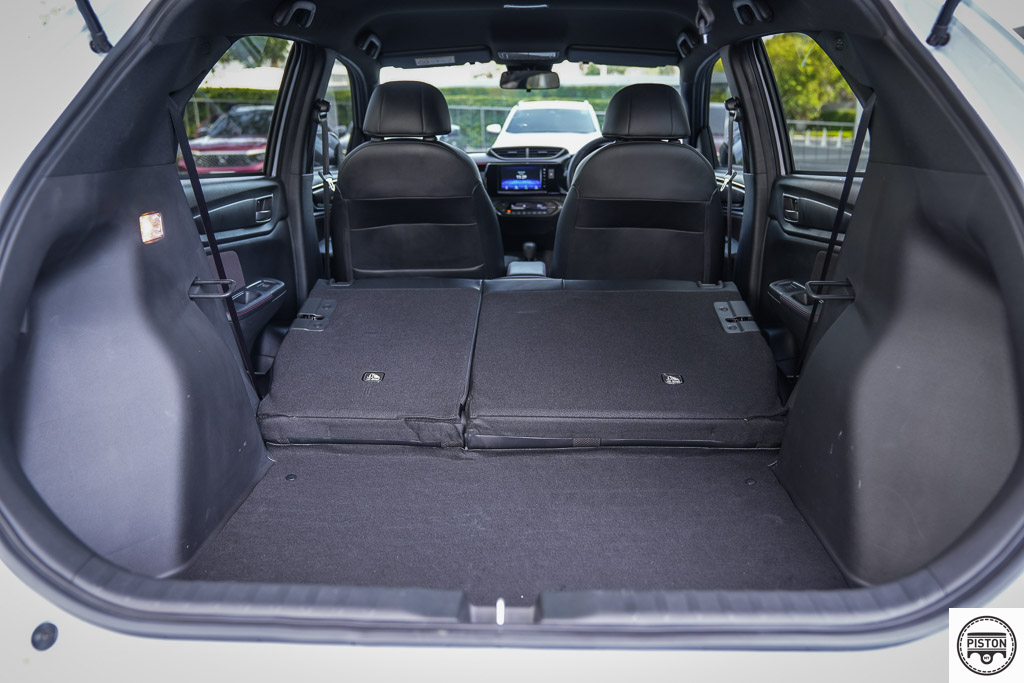
The booth capacity is 380 litres, but the WR-V lacks Honda’s incredibly useful Ultra seats (Thai-spec edition), hopefully, the Malaysian spec has them. The seats can, however, be divided 60:40 for greater convenience.
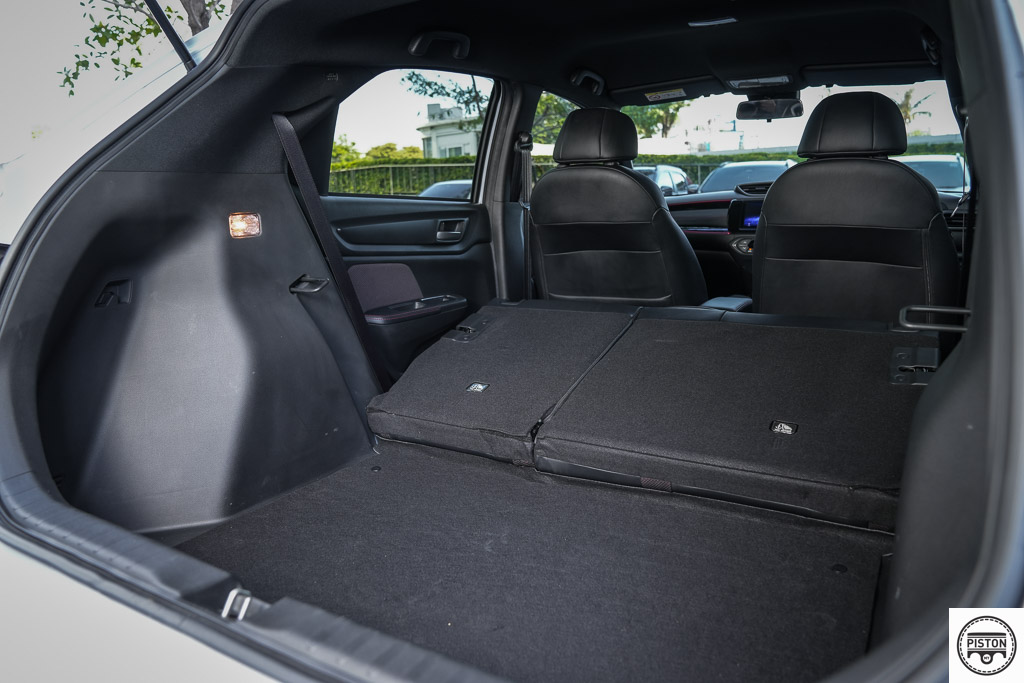
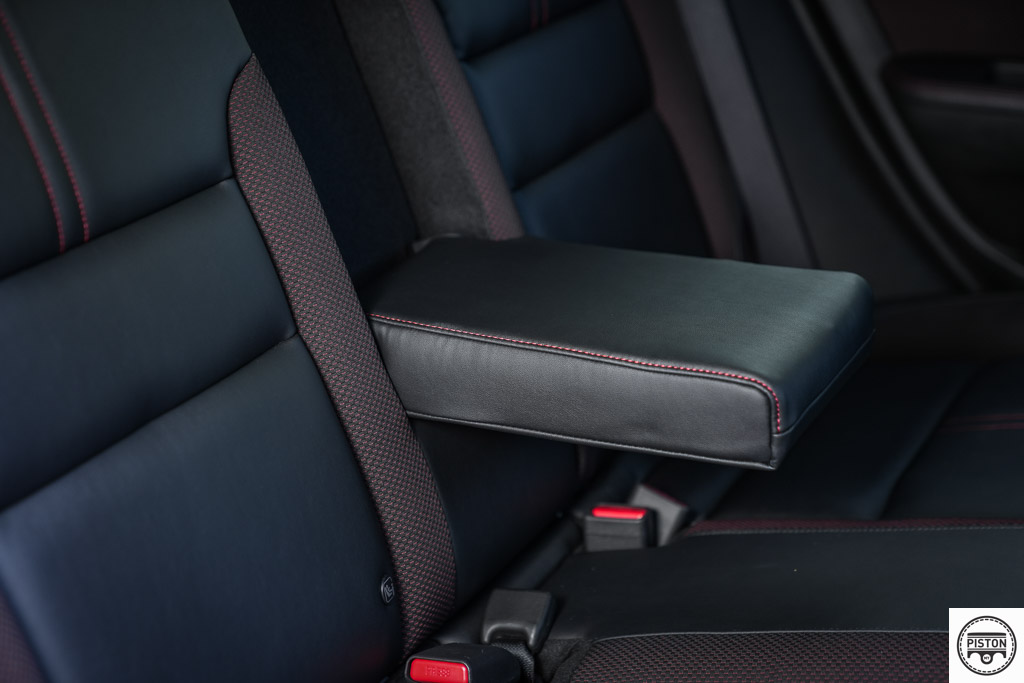
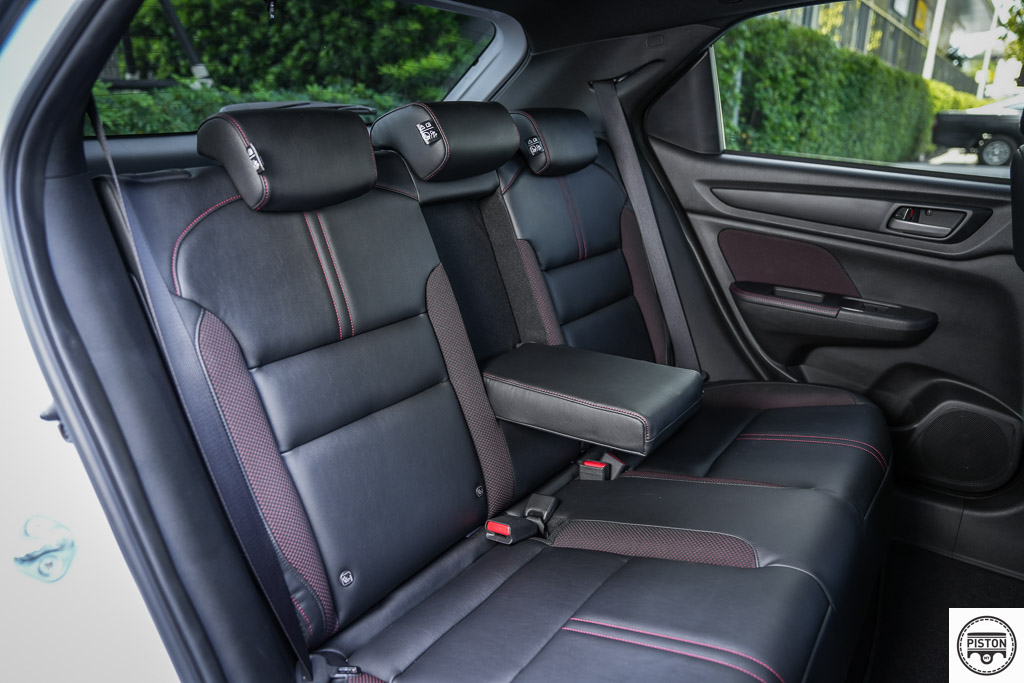
Interior Design and Features
The dashboard’s passenger side is covered in faux leather, while the door panels are composed of hard plastic. The interior of the RS variation features plenty of red stitching, a feature reserved only for Honda RS cars, and seats are clad in a combination of synthetic leather and cloth.
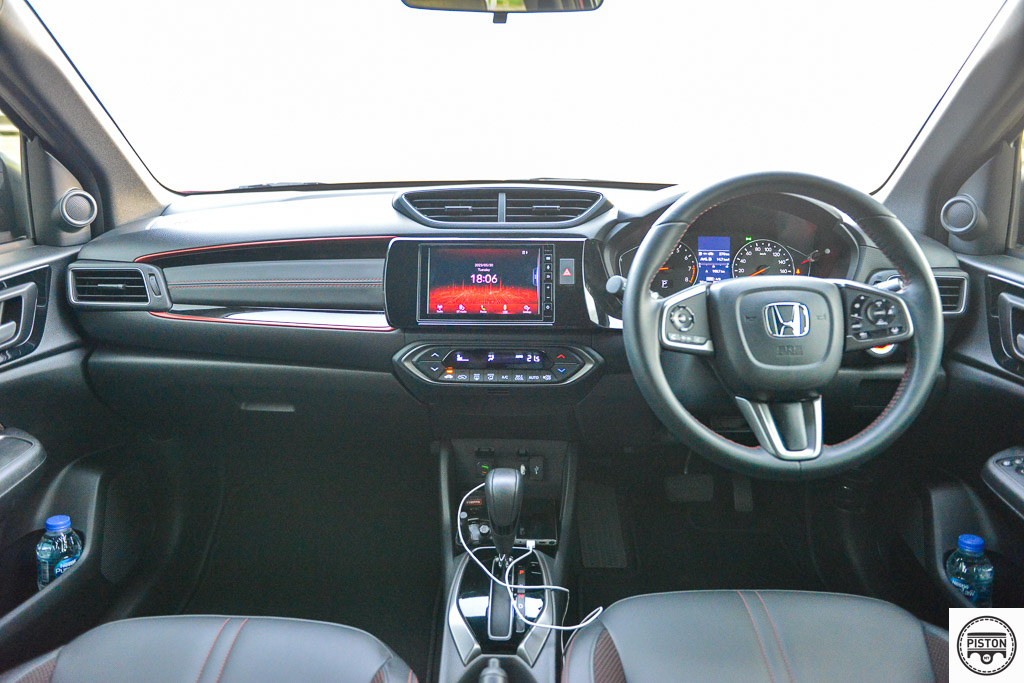
The interior has a nice feel to it as we found everything to be well-planned and put together. You will find a seven-inch touchscreen infotainment system with wired Apple CarPlay and Android Auto. Although there are two Type A USB connections up front, strangely, the passengers in the back seat will only have access to a standard 12-volt auxiliary power supply. Additionally, there is an auxiliary power unit up front that can also be utilised to power dash cams and other devices.
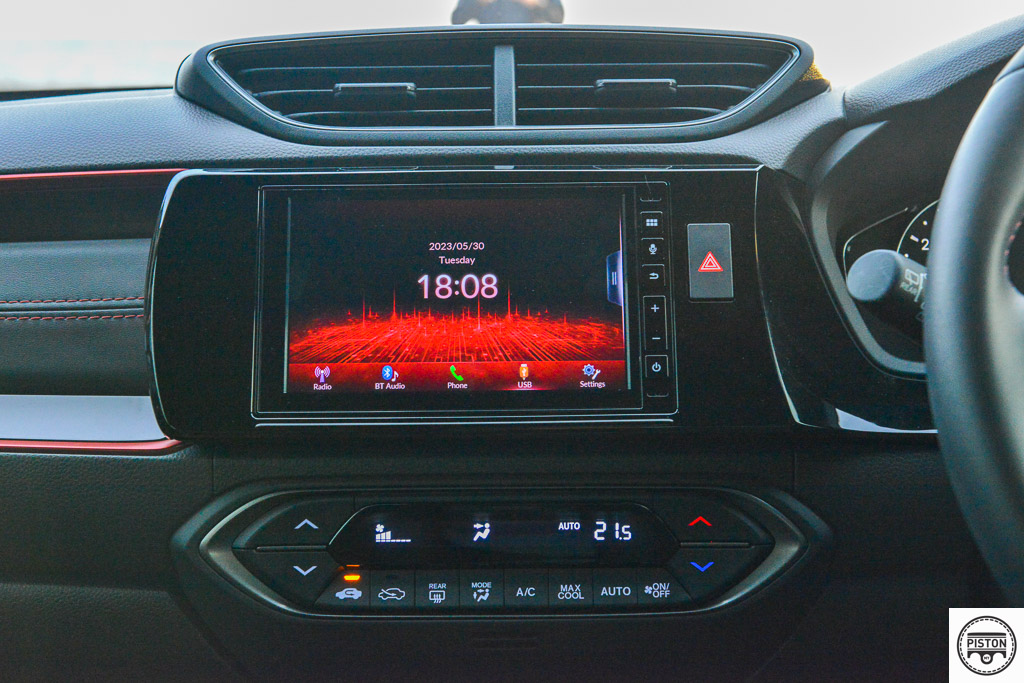
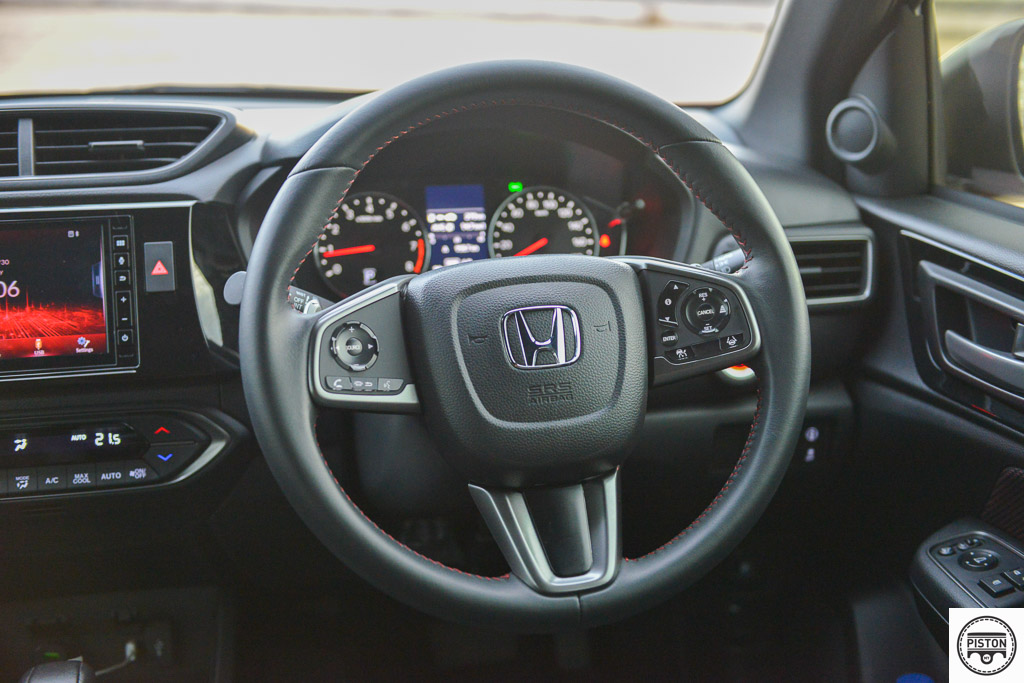
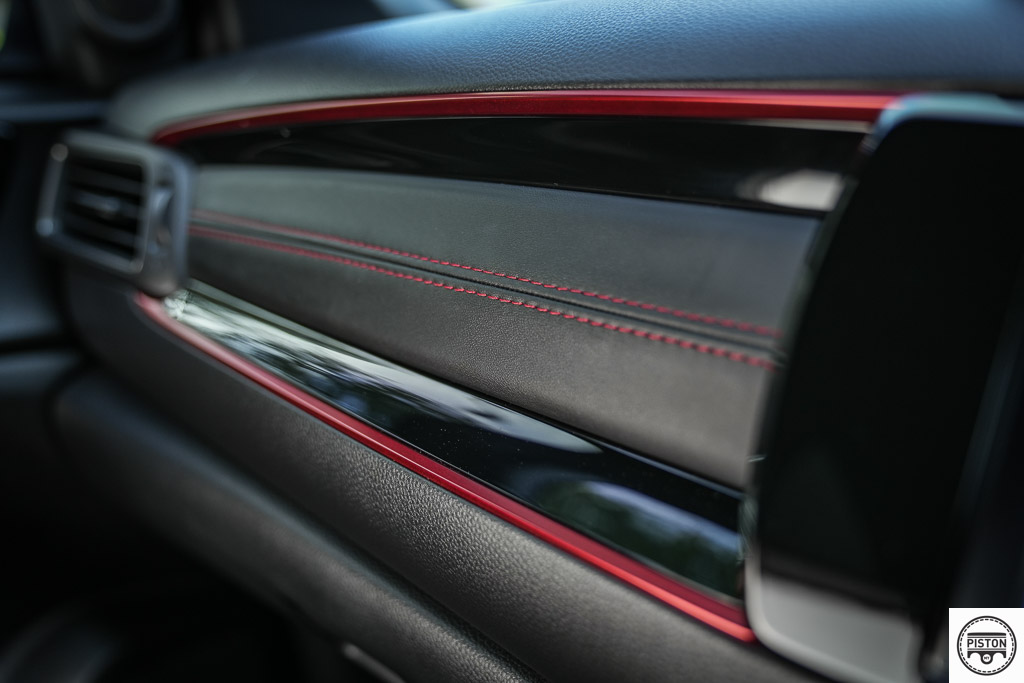
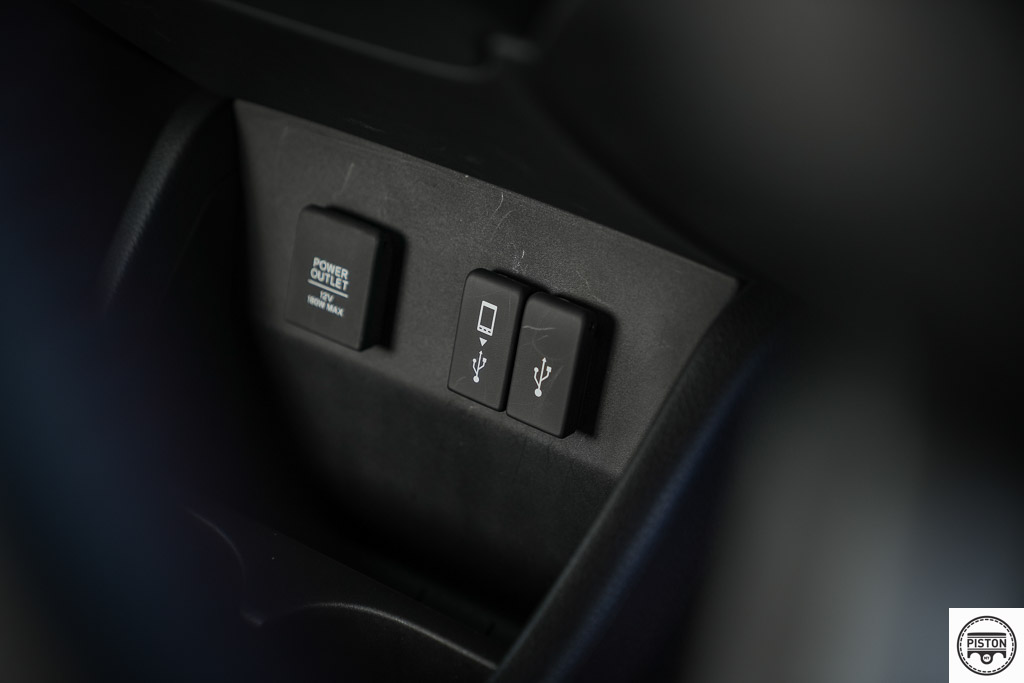
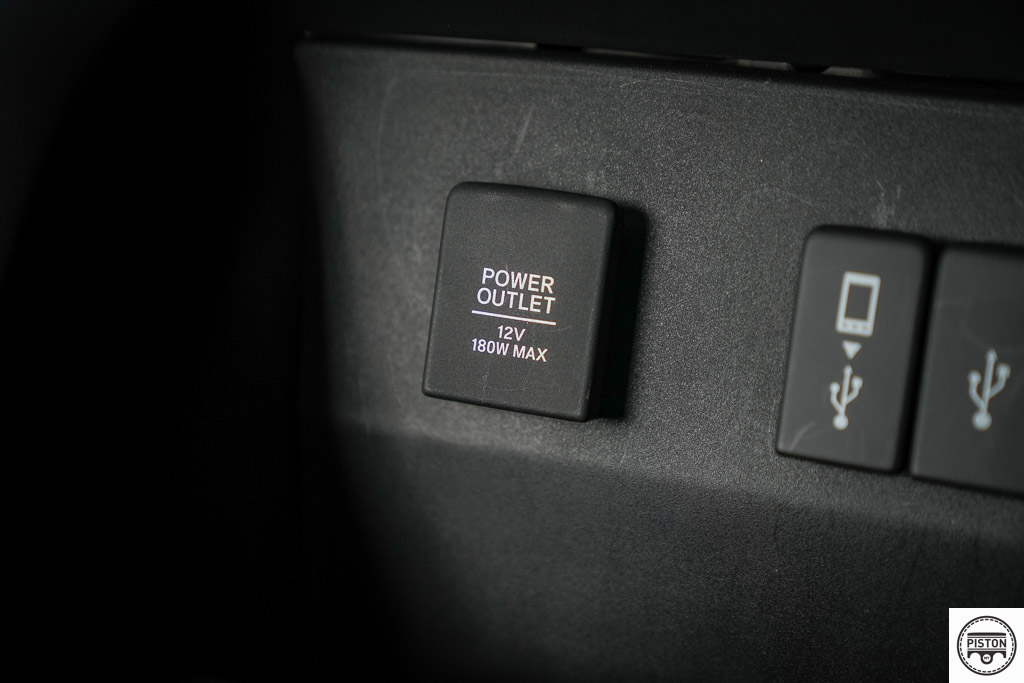
For the one behind the wheel, you will find an analogue metre panel that has a 4.2-inch TFT screen that displays all the standard information, including the trip computer, fuel gauge, and consumption statistics.
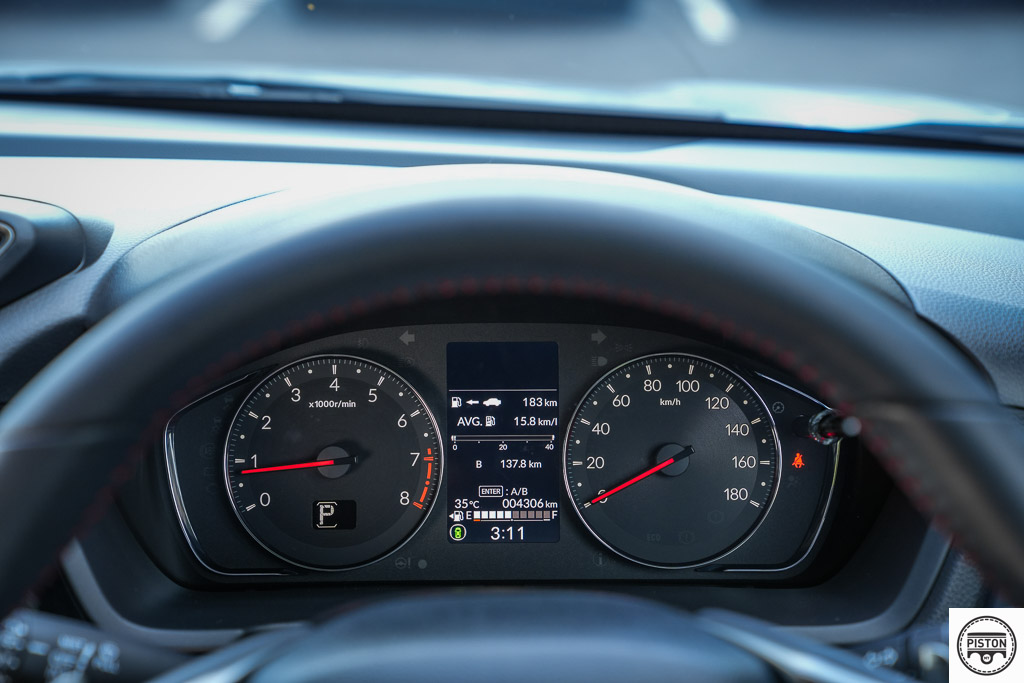
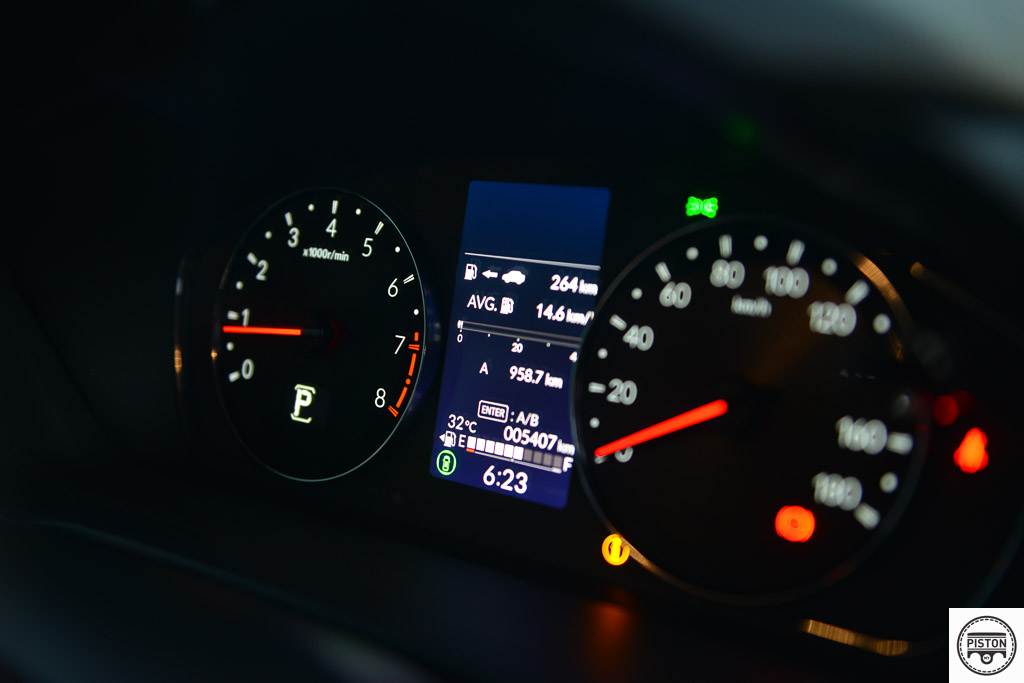
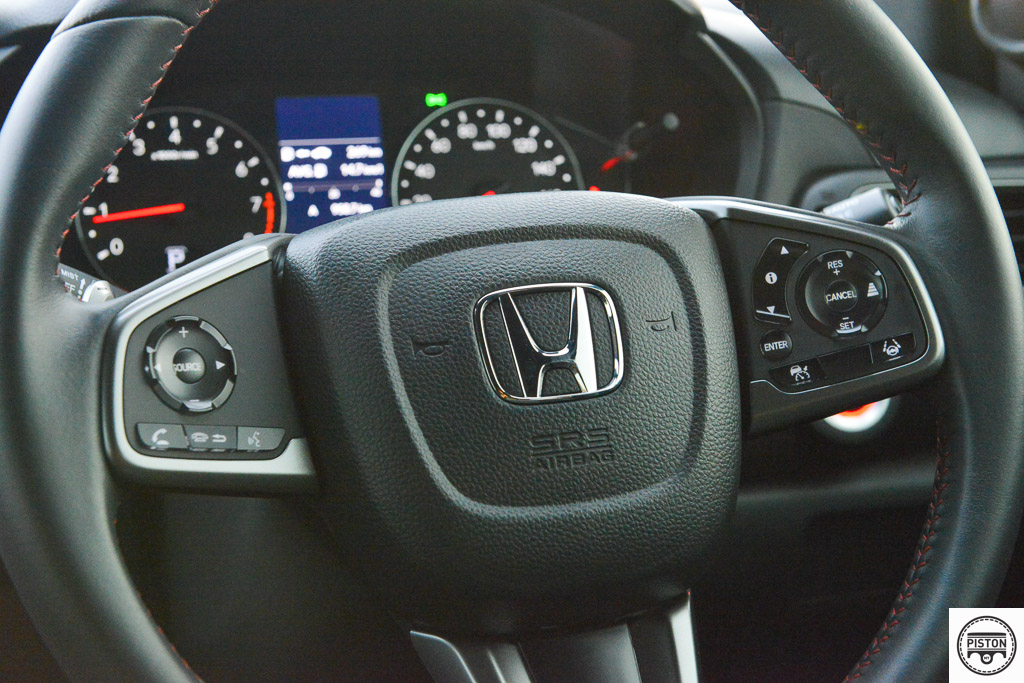
Six speakers distributed throughout the cabin make up the entertainment system. However, that only applies to RS versions; non-RS variants have only four speakers. Whether or not that is the same for the Malaysian market remains to be seen.
In addition, unlike the Thai version, which only had one (on the passenger seat), the Malaysian WR-V will include storage flaps on the backs of both front seats.

Driving and Safety Features
Safety is a top priority for Honda, thus the WR-V has Honda Sensing, an extensive and cutting-edge safety system that incorporates eight safety functions, including:
- Lead Car Departure Notification
- Adaptive Cruise Control
- Collision Mitigation Braking System
- Forward Collision Warning
- Lane Keep Assist System
- Road Departure Mitigation
- Lane Departure Warning
- Auto High Beam
- LaneWatch Camera (left side for blind spot assist)
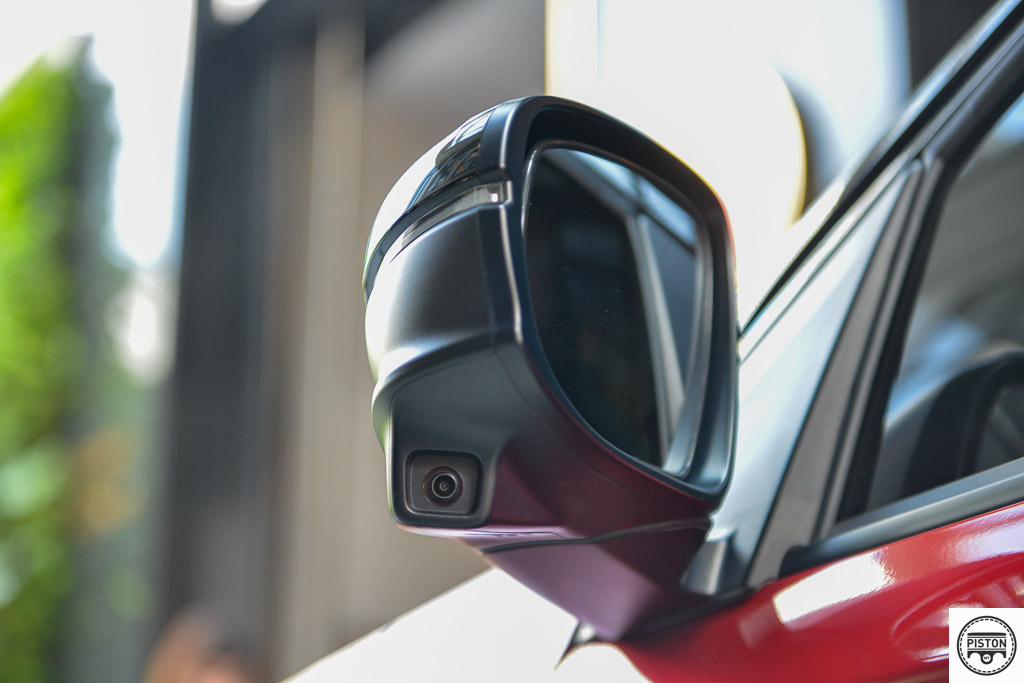
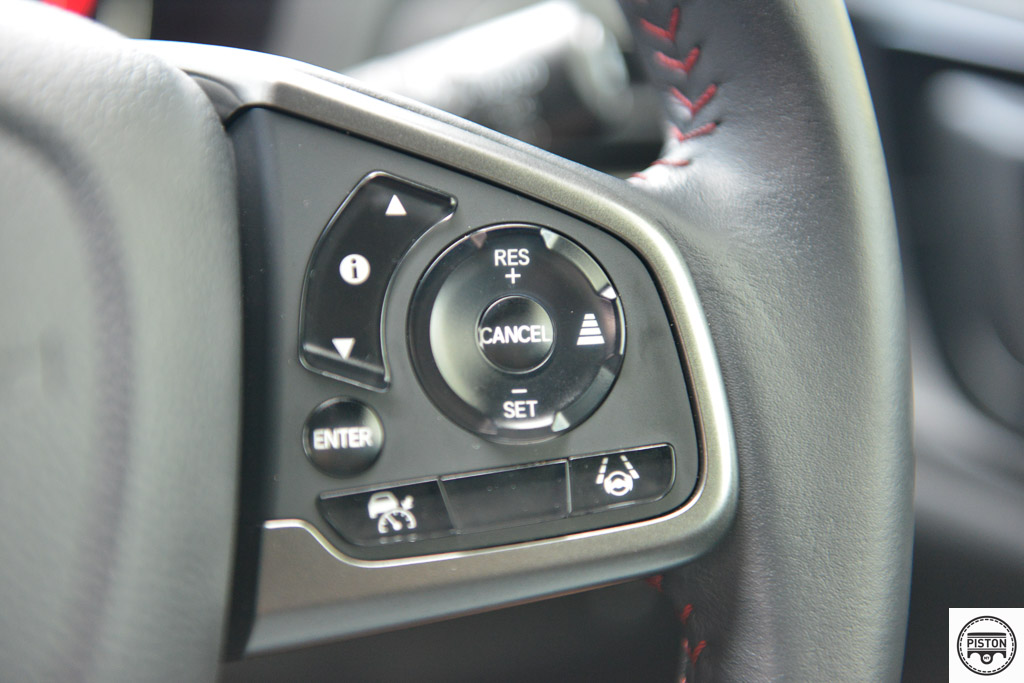
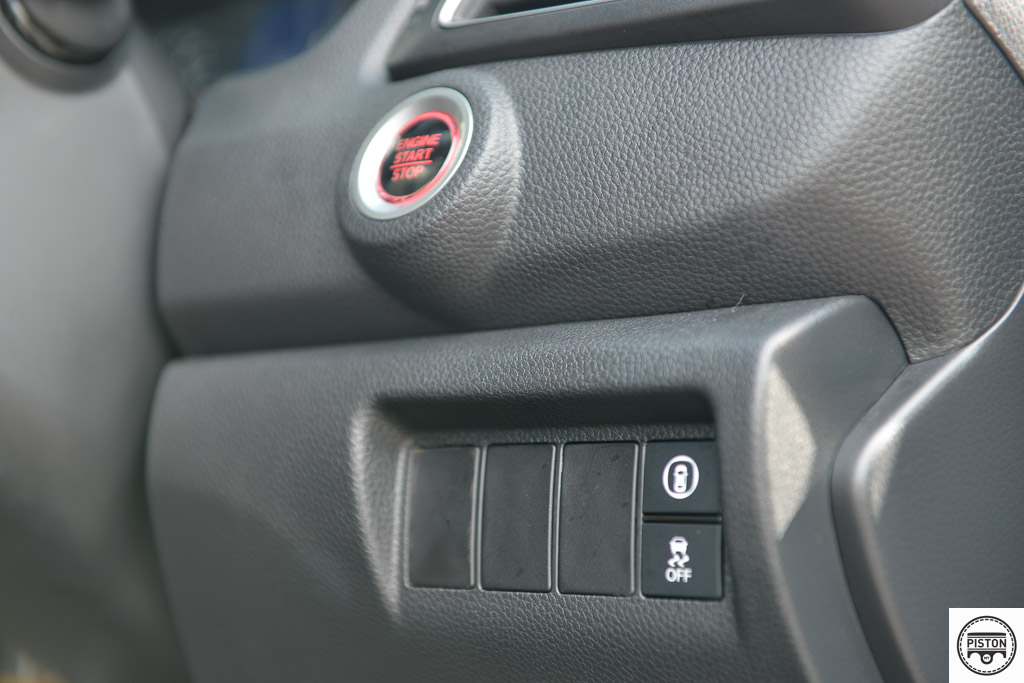
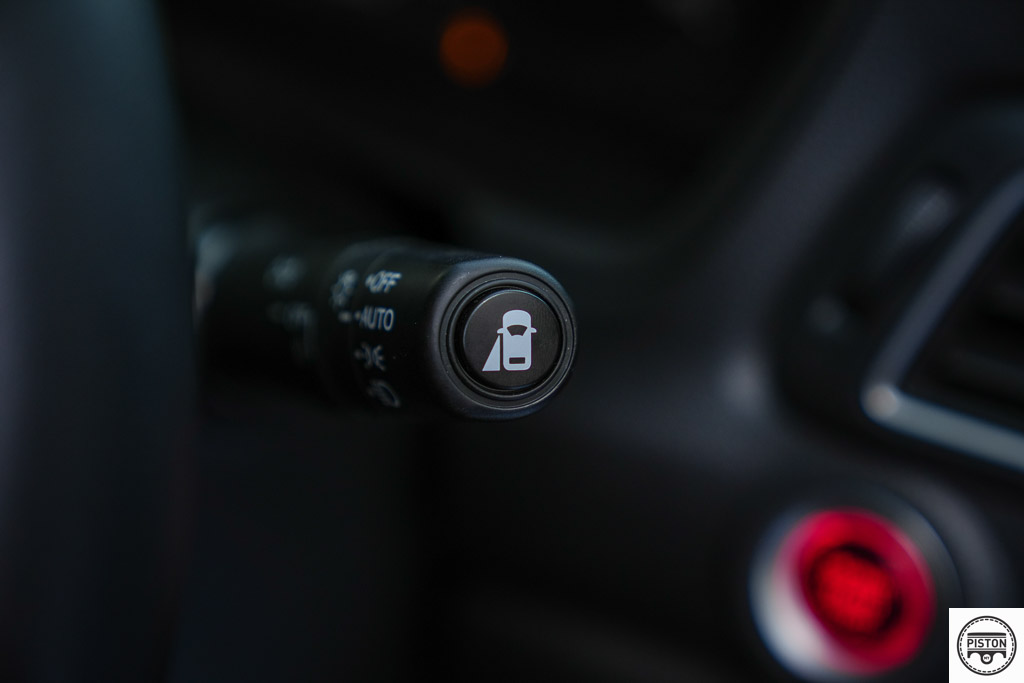
Six airbags, ABS with Electronic Brakeforce Distribution, Vehicle Stability Assist, an auto door lock, and ISOFIX anchors are included in the WRV’s passive safety features.
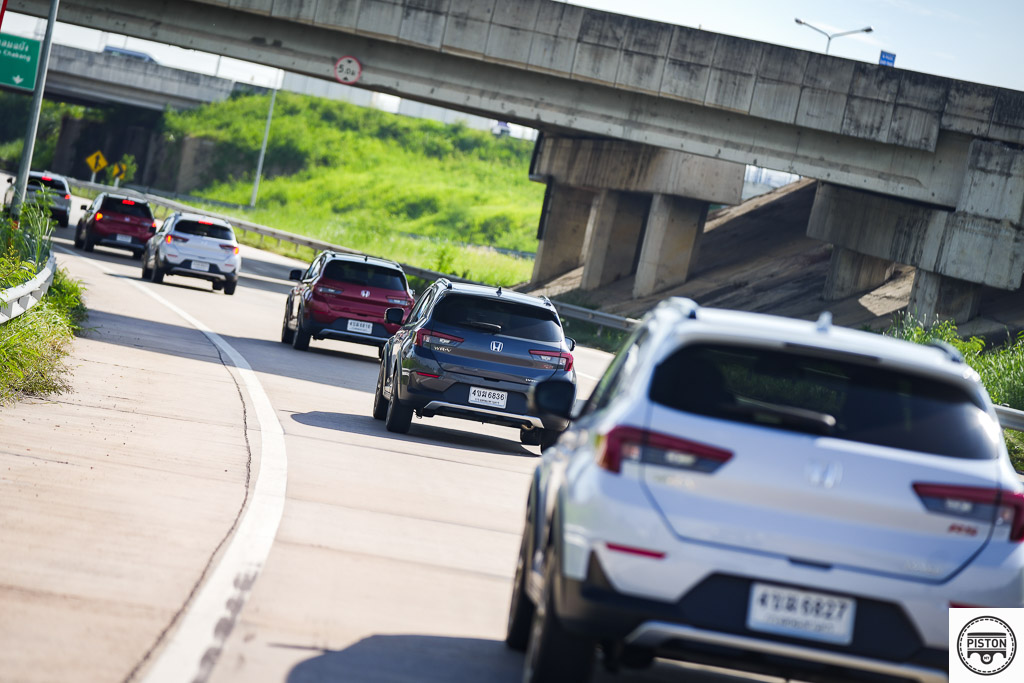
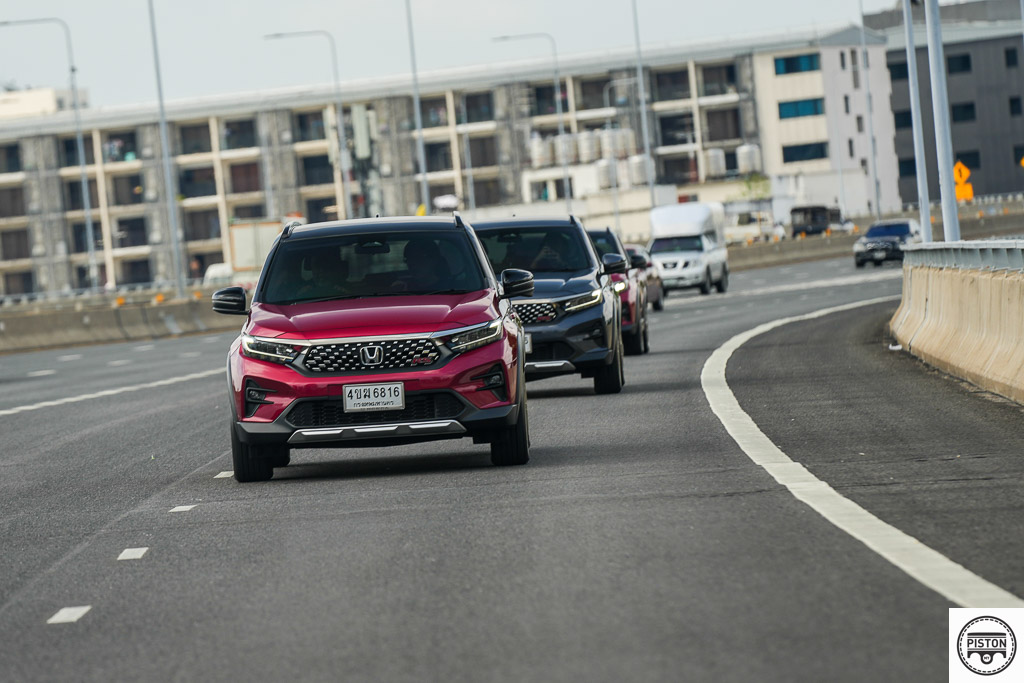
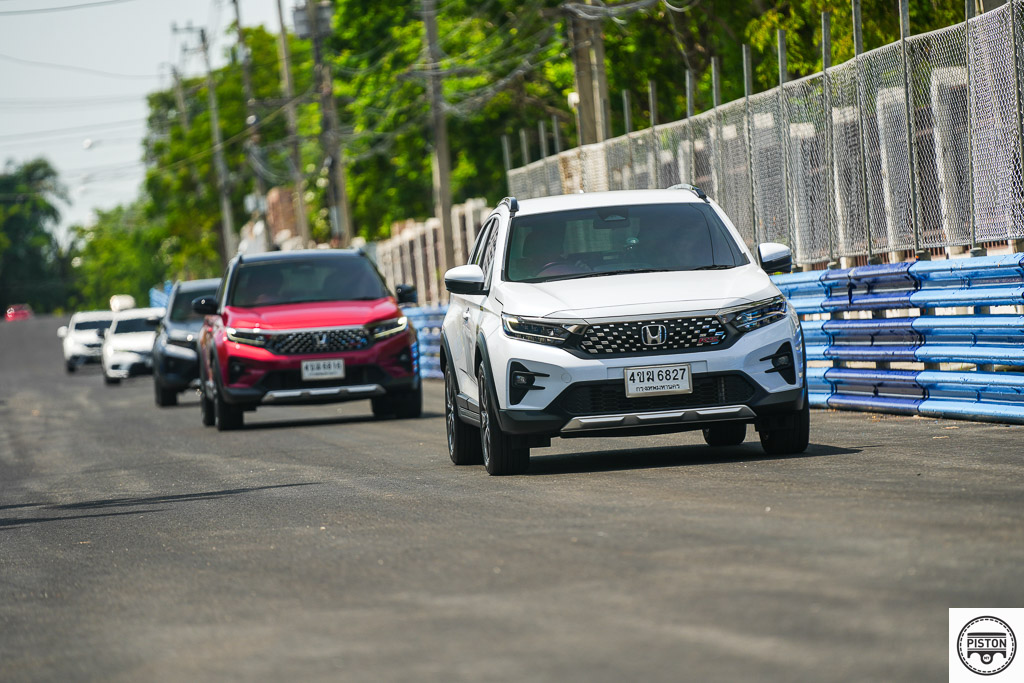
We are not sure how many variants are likely to enter the Malaysian market but we can assume that just like the City sedan/hatchback lineup, there should be four available variants with the RS being the highest. We will just have to wait and confirm further details at the official launch this Thursday.
